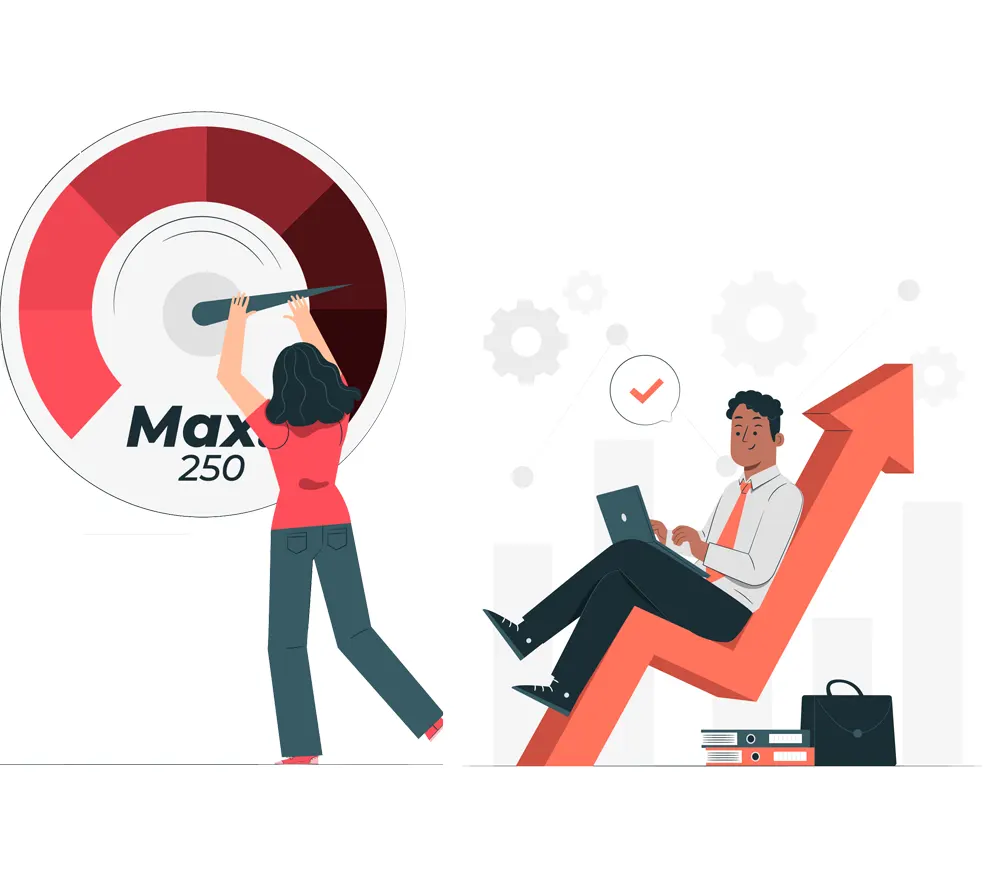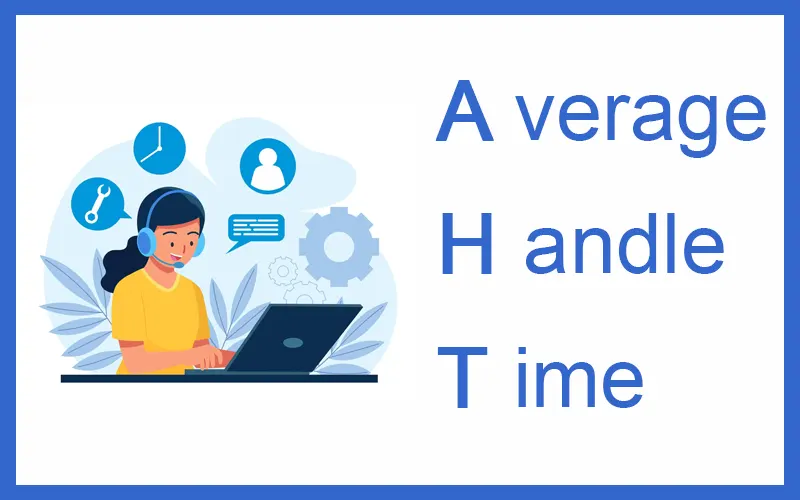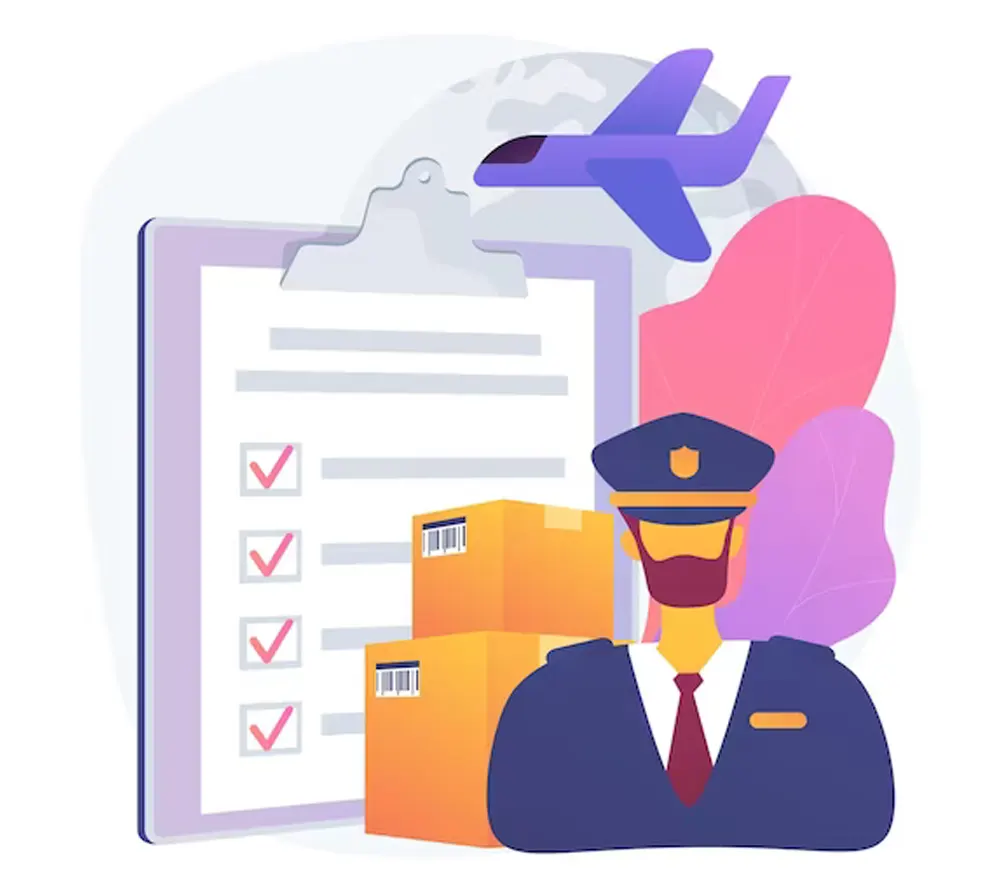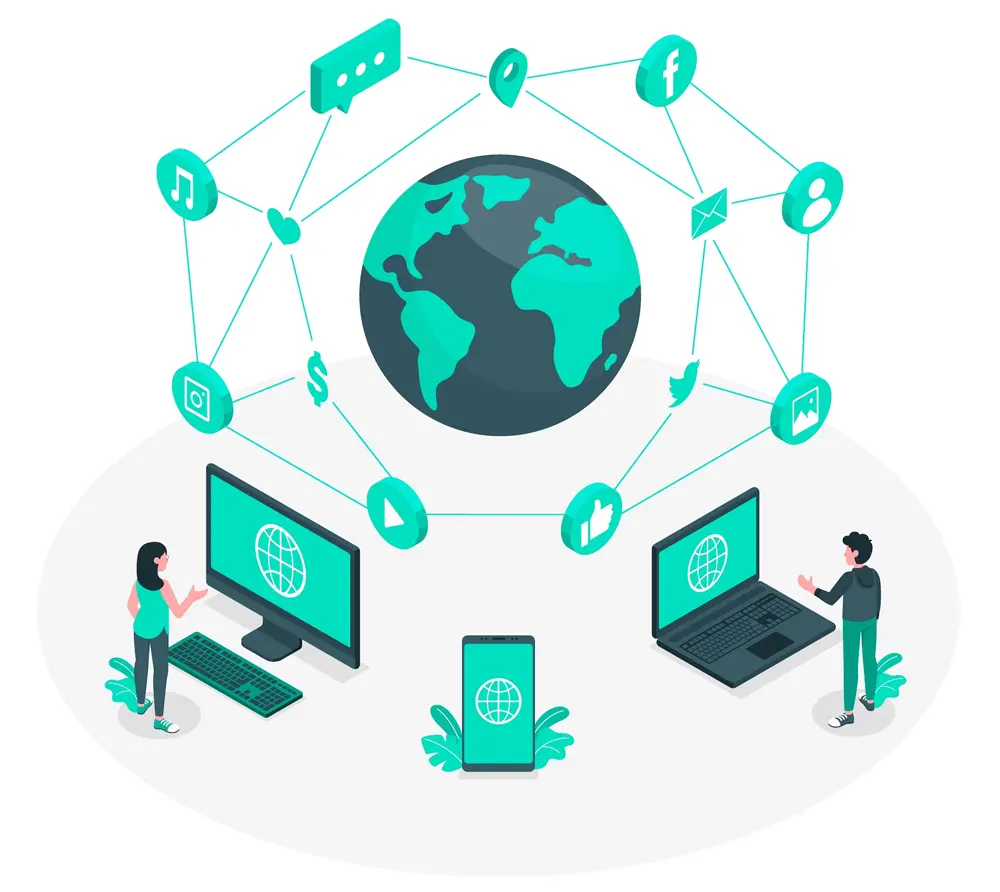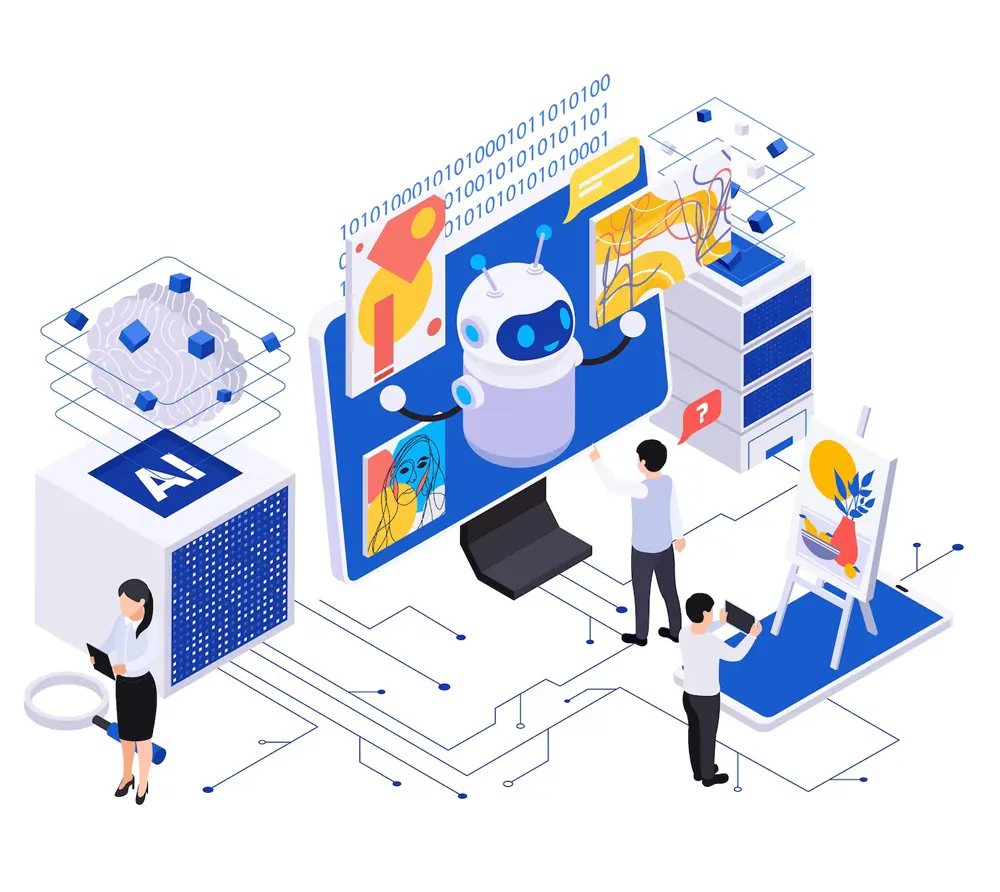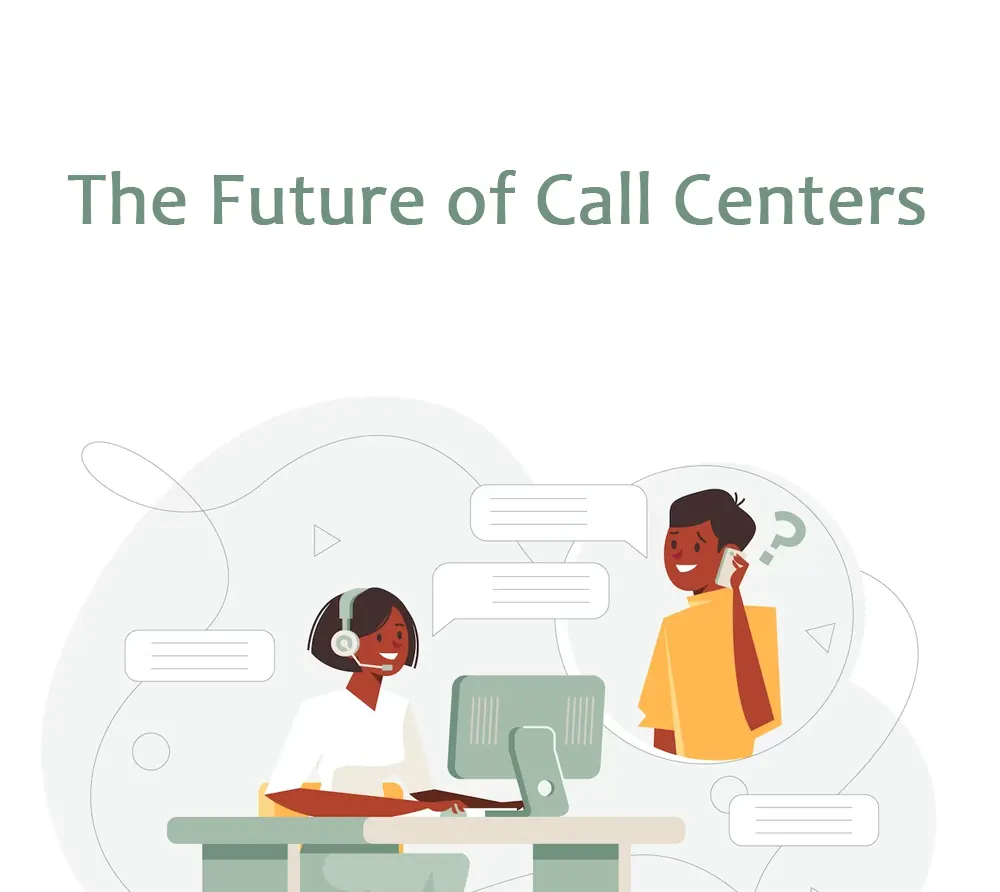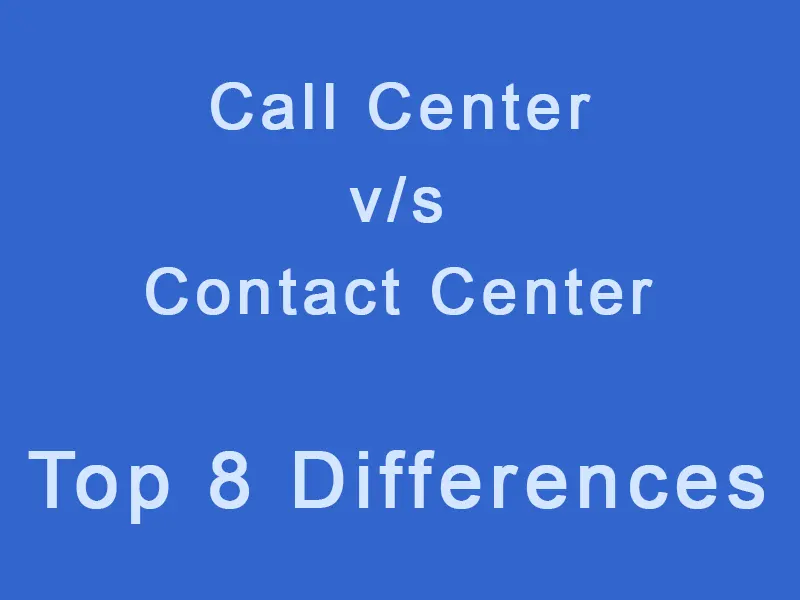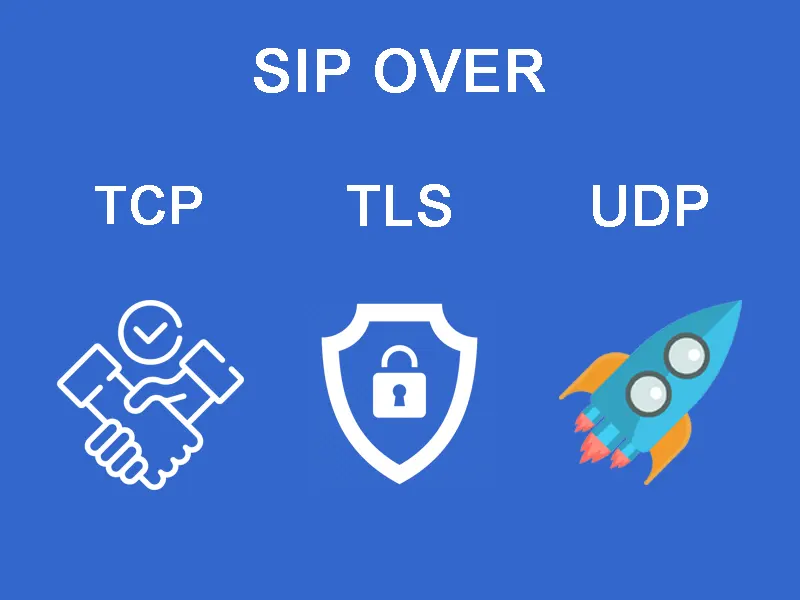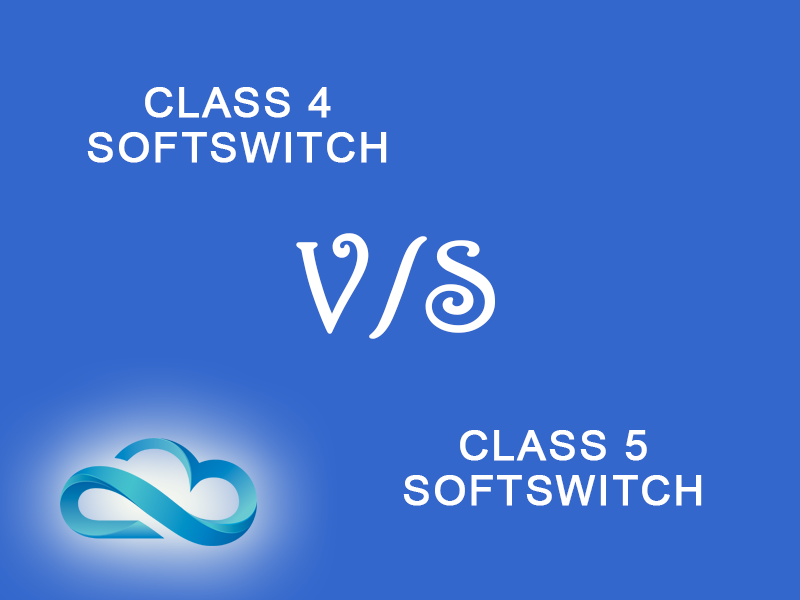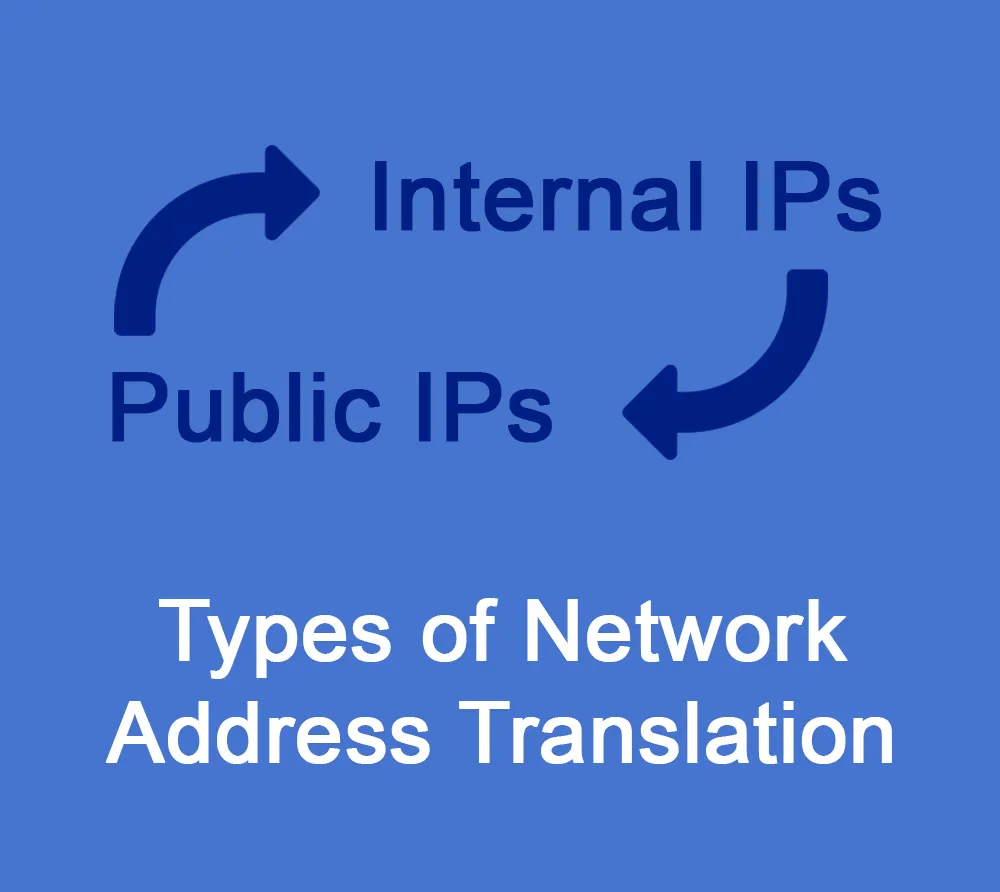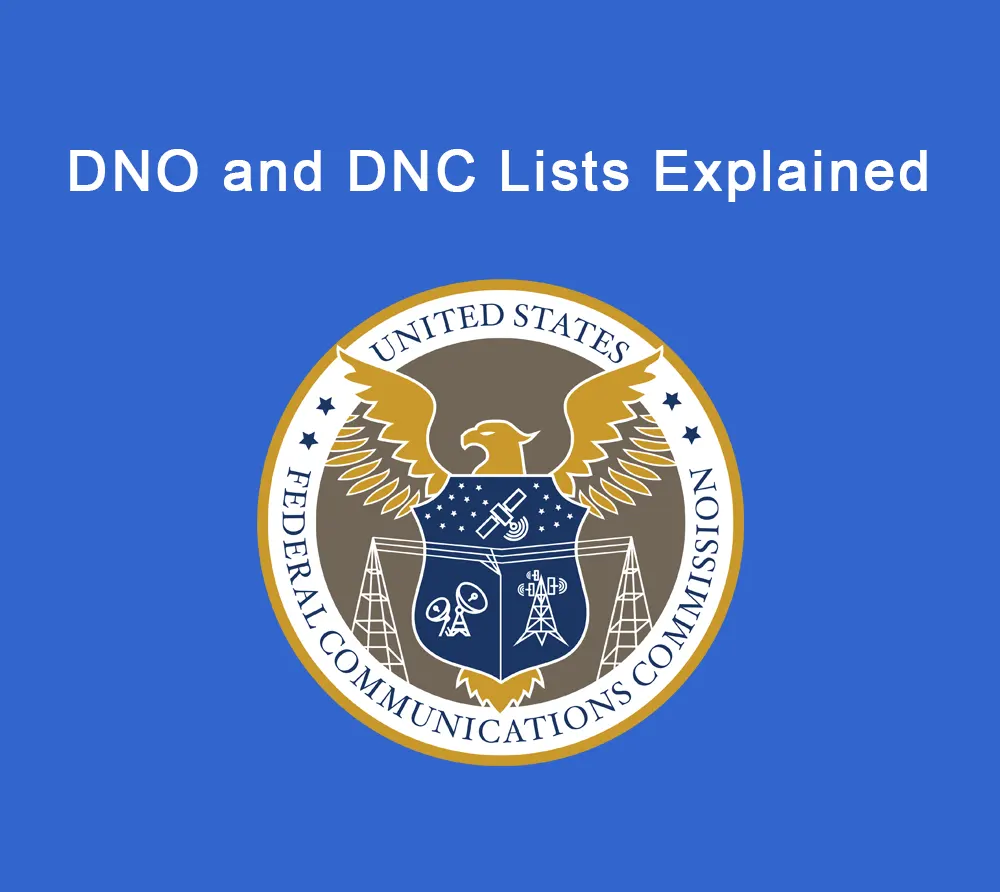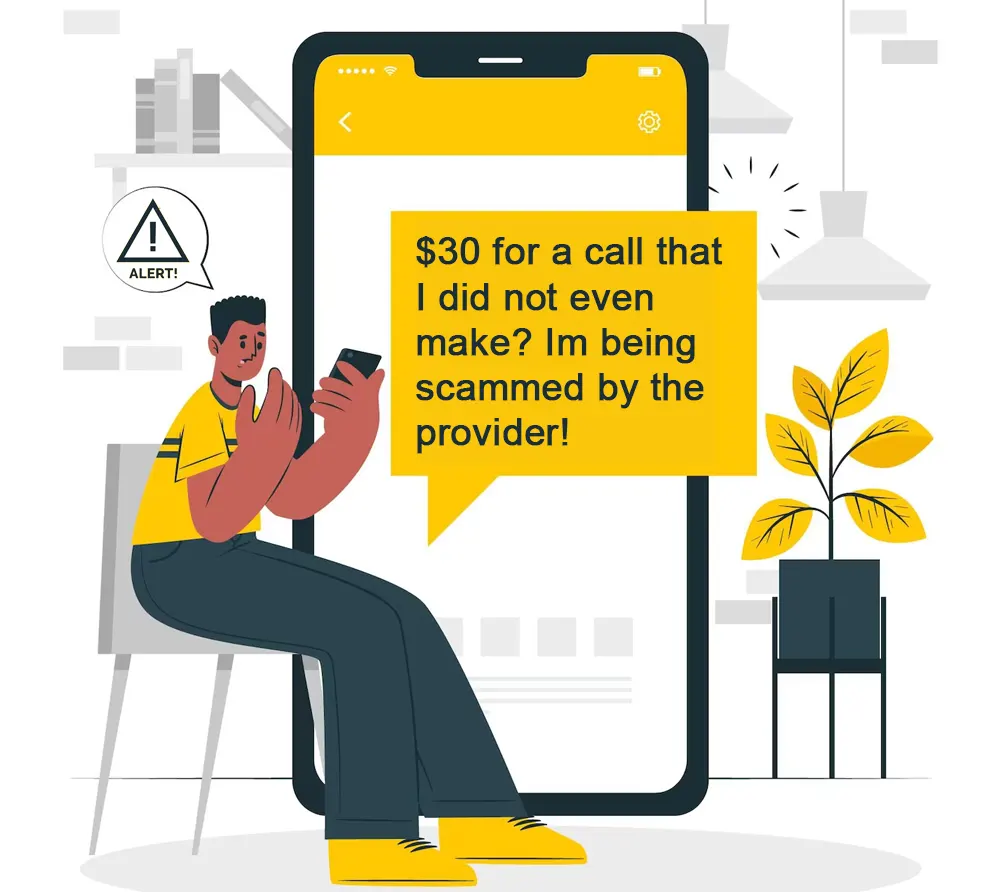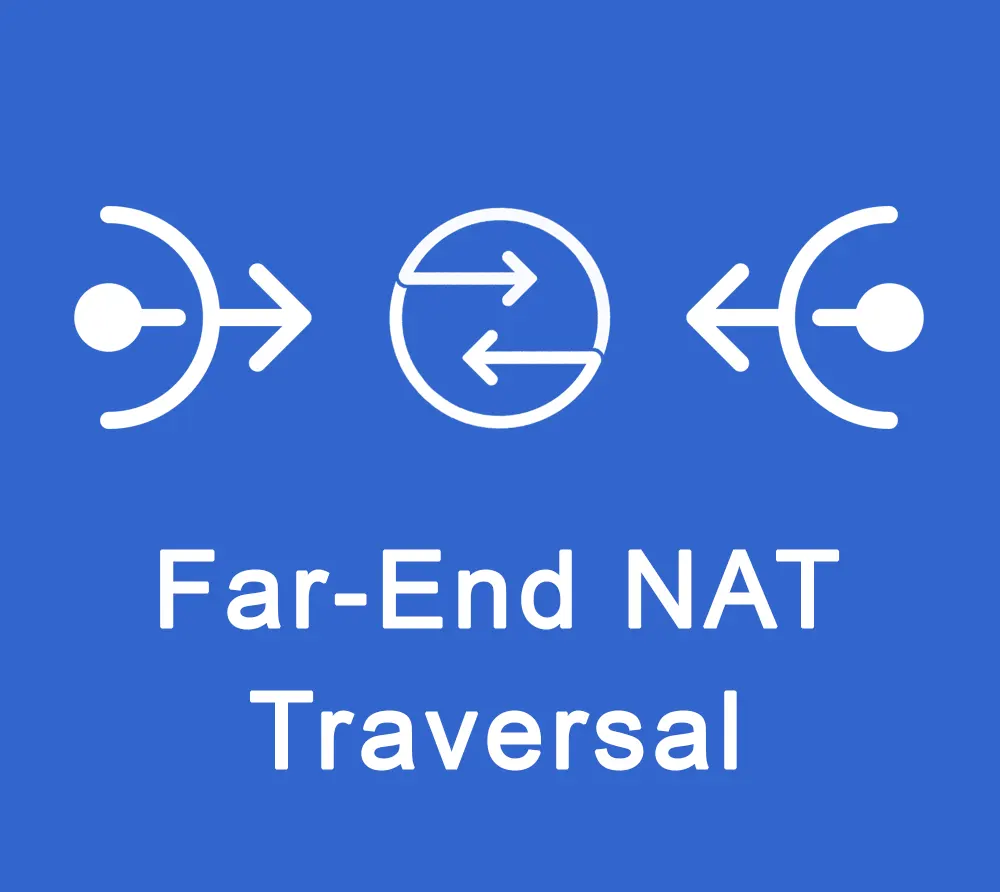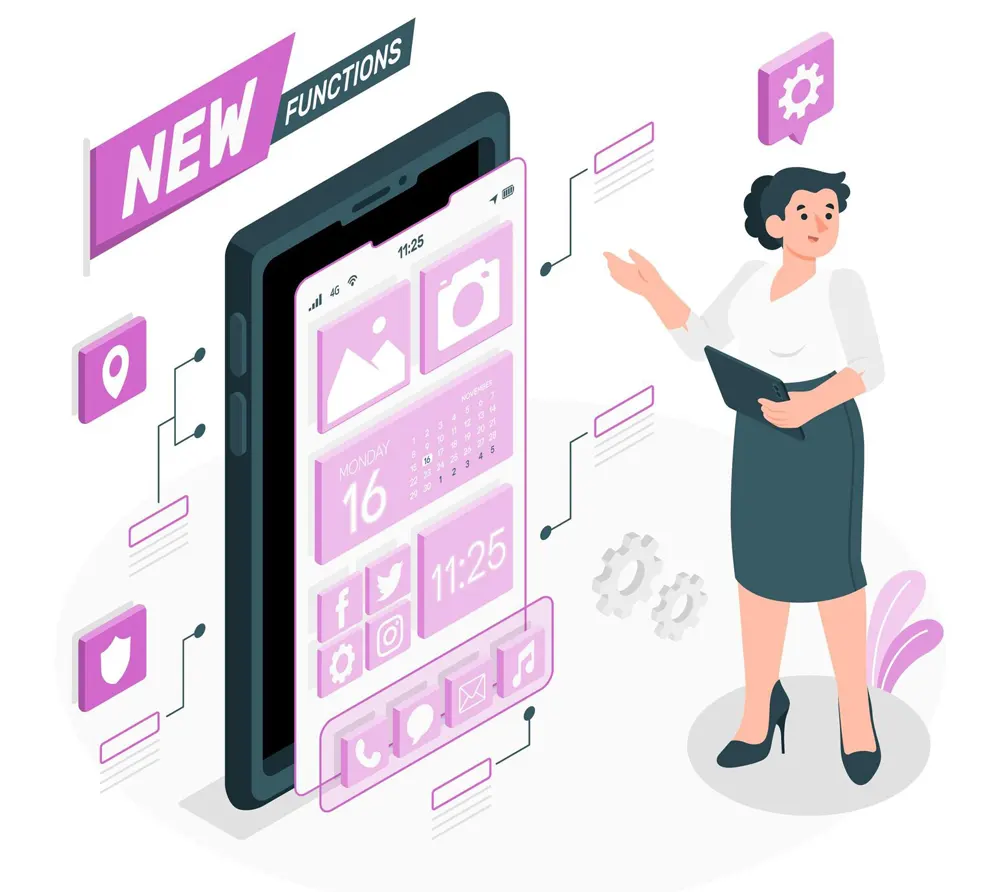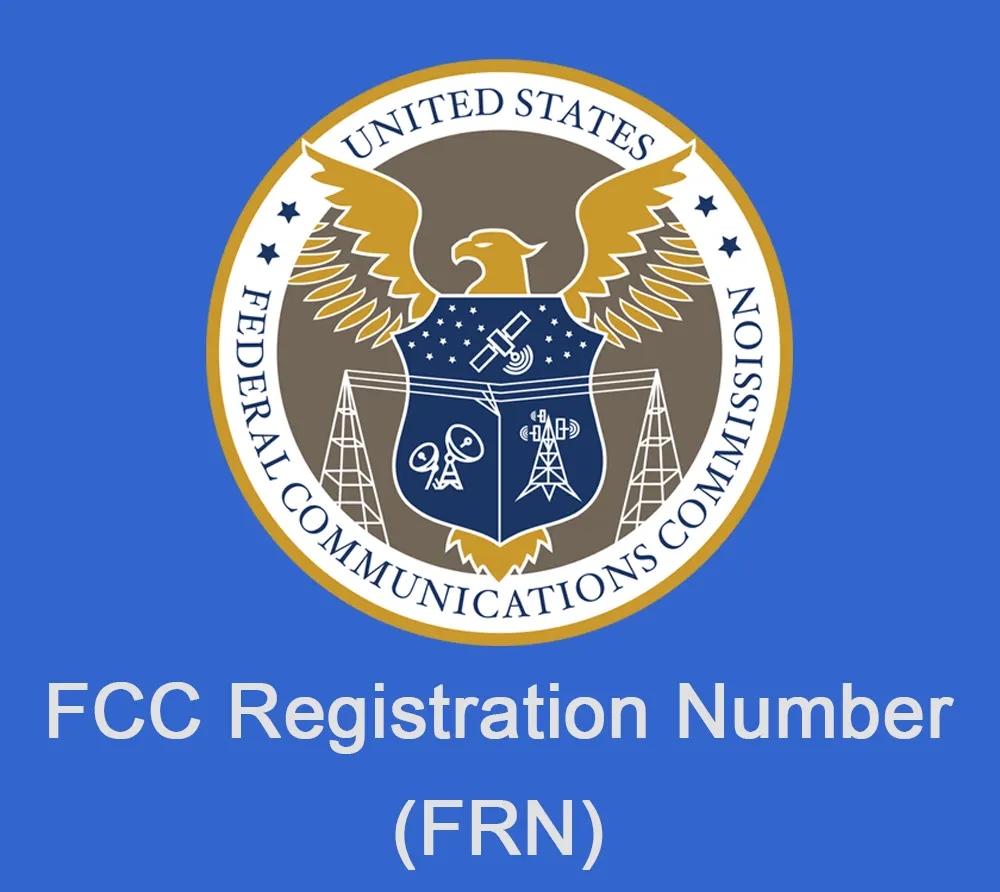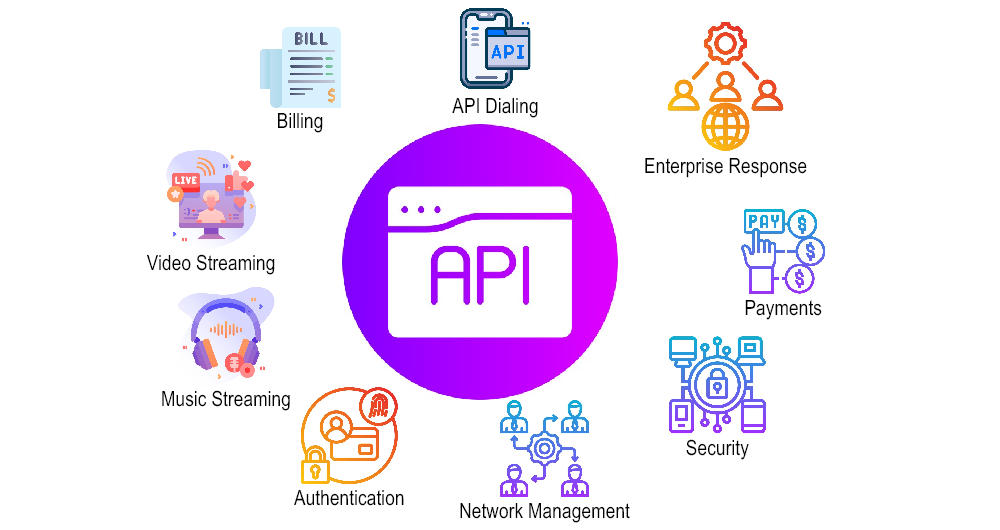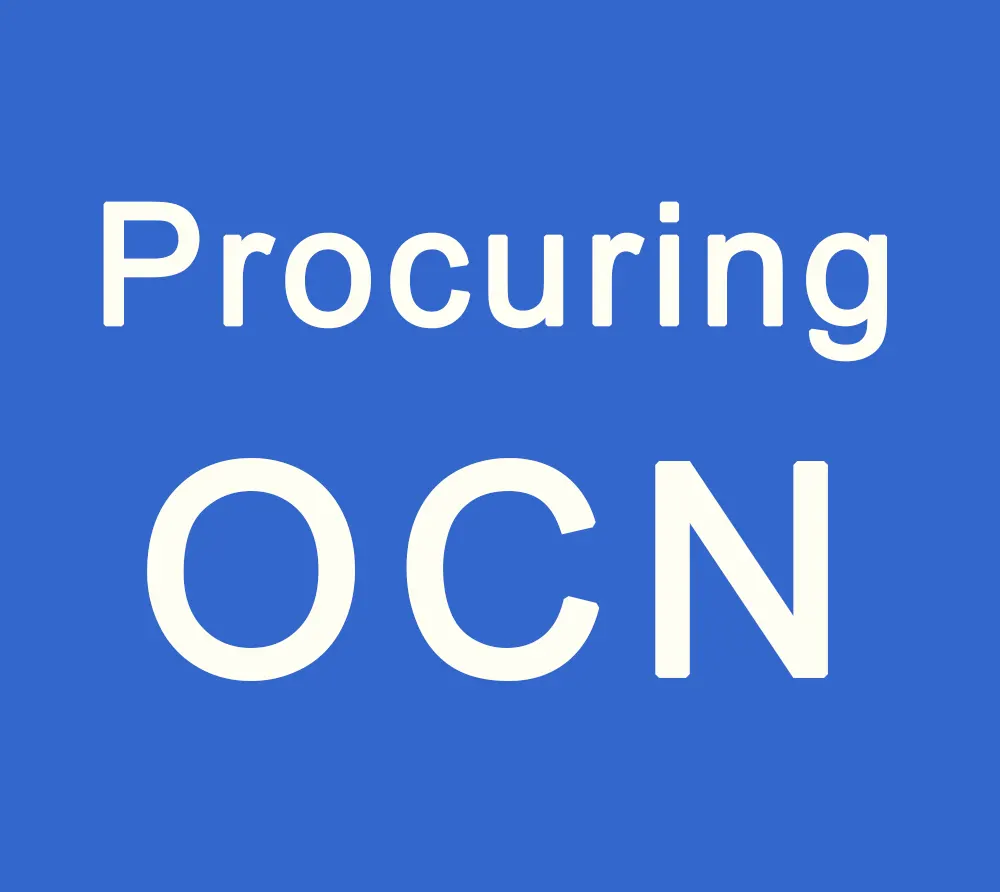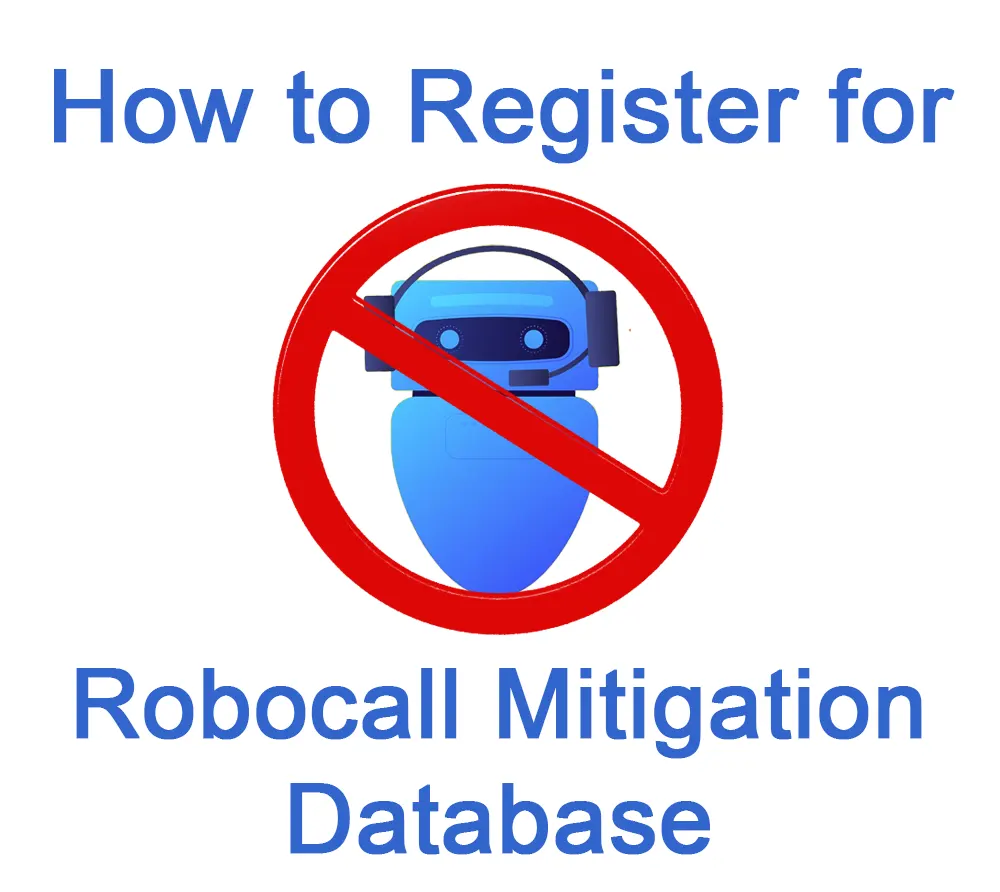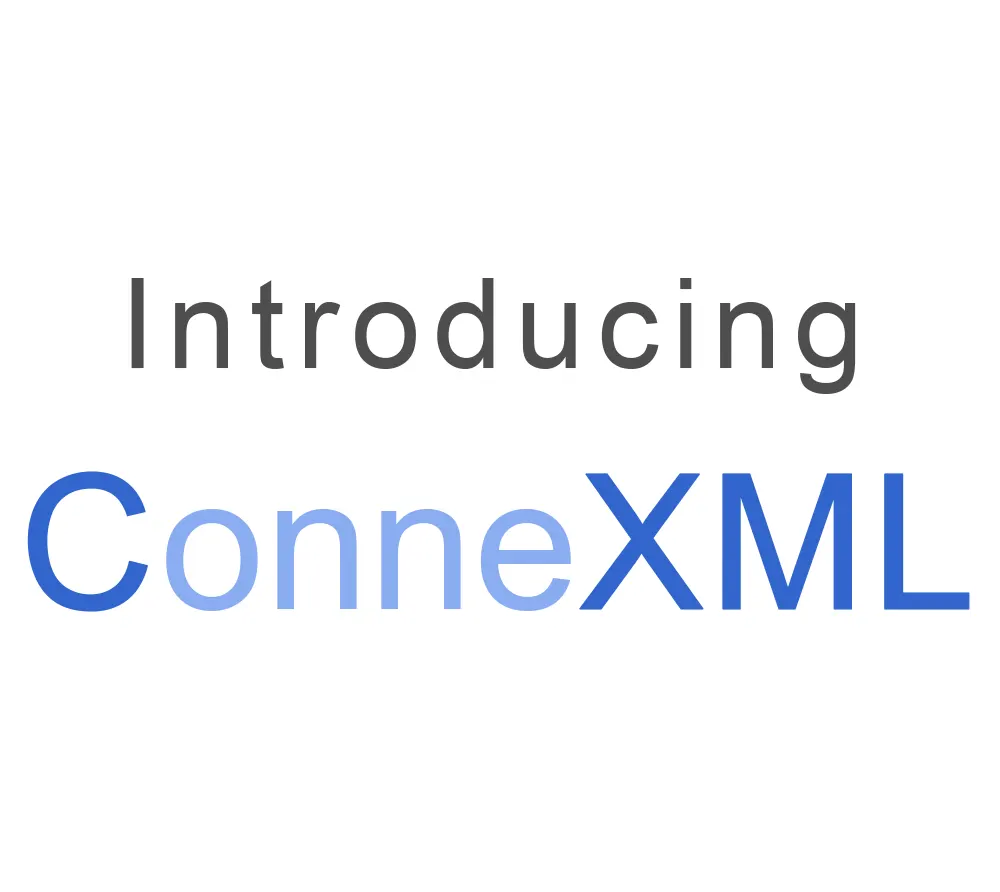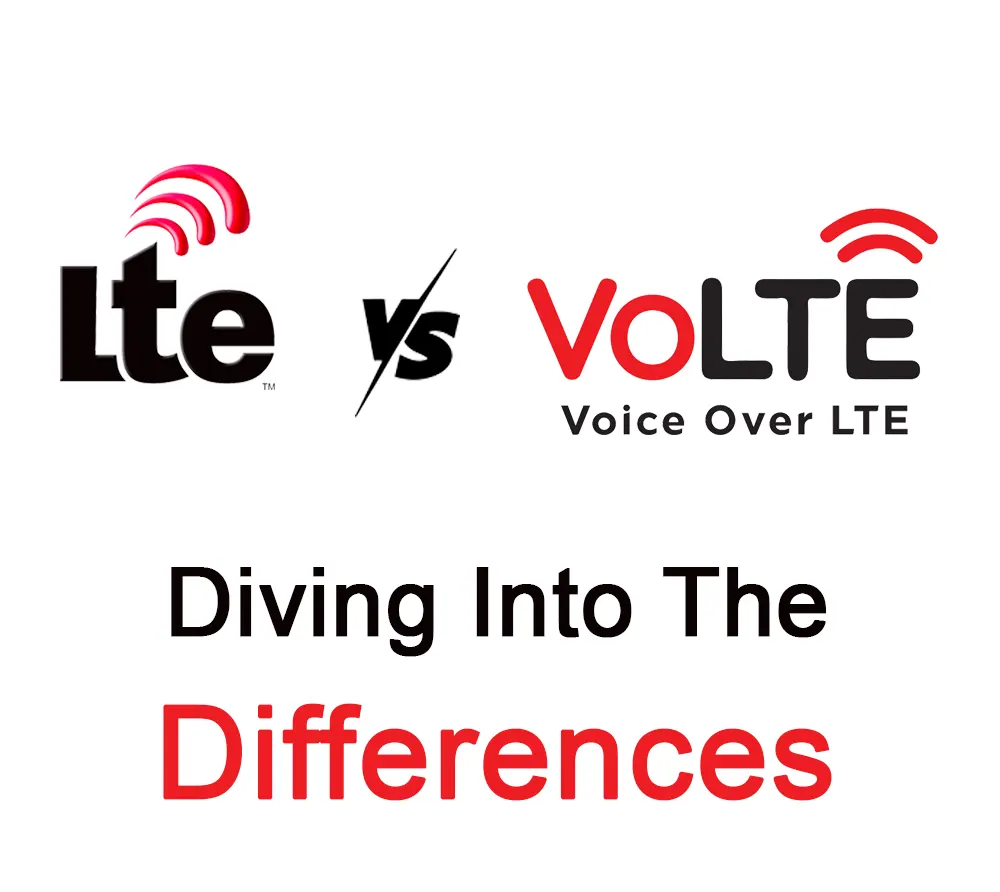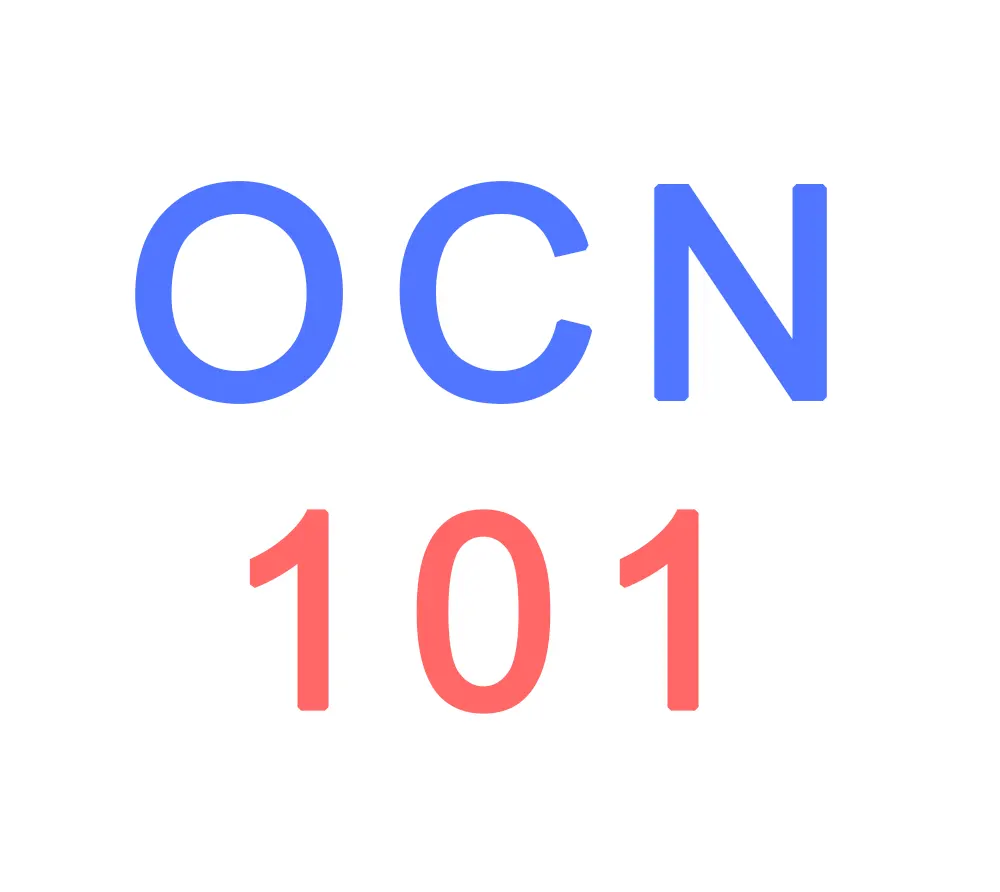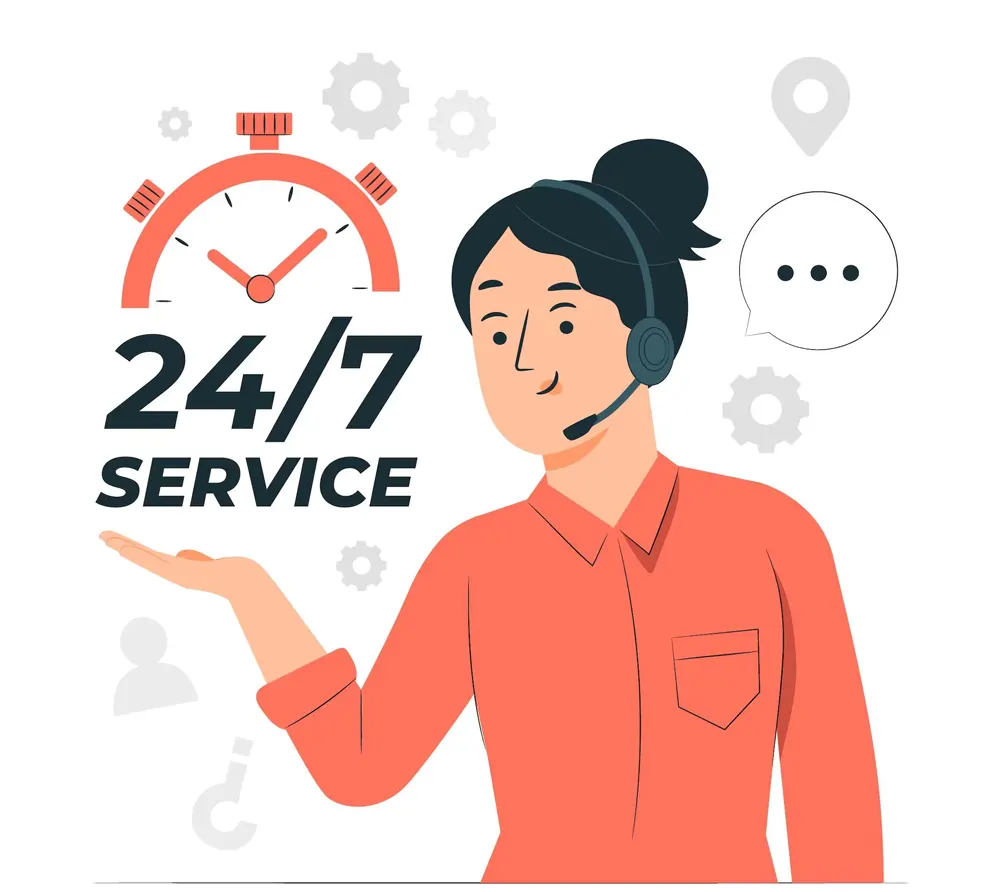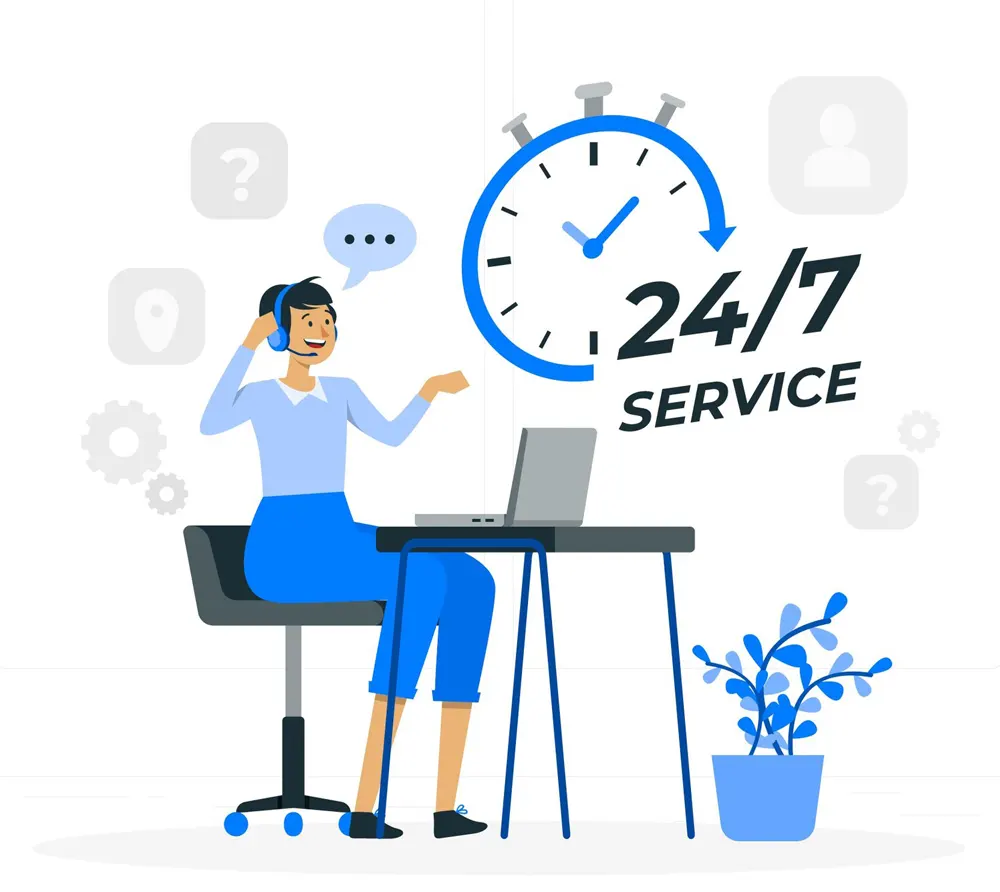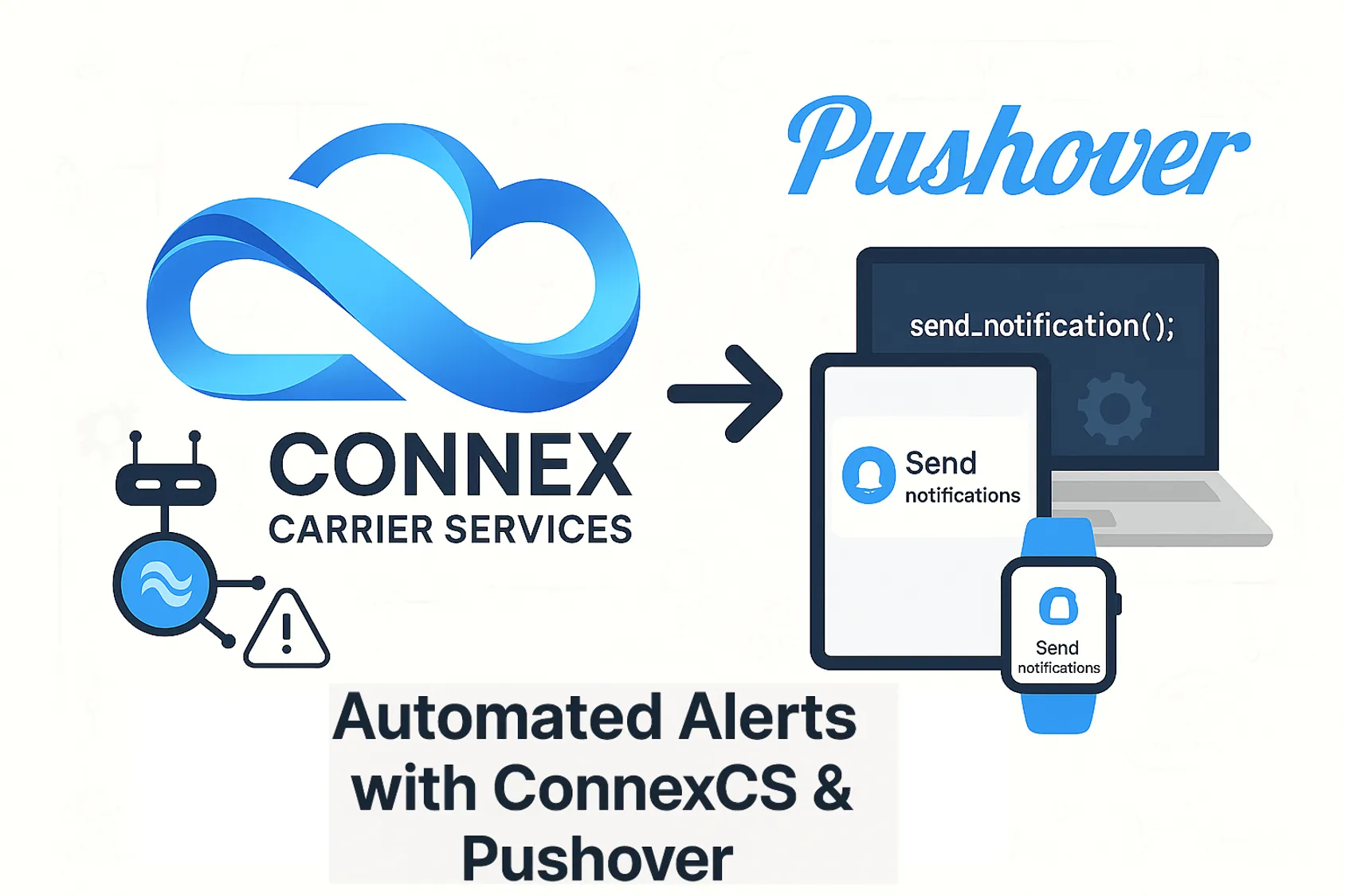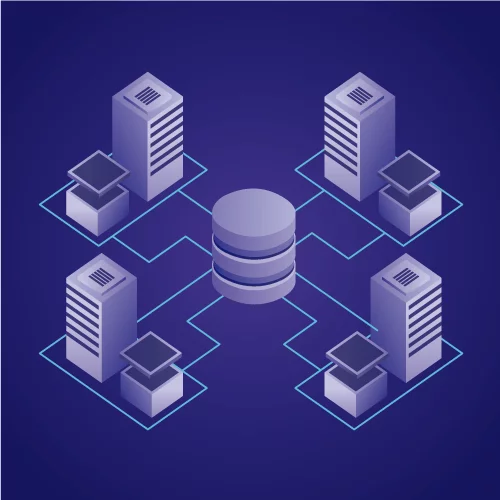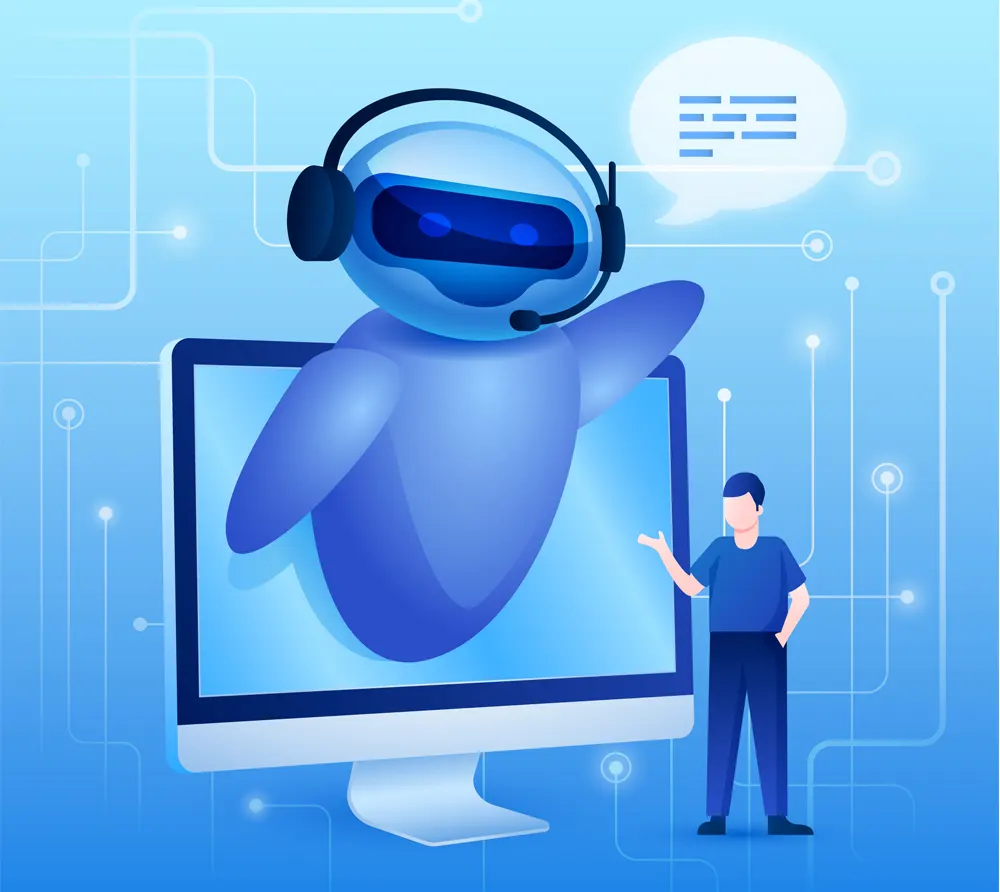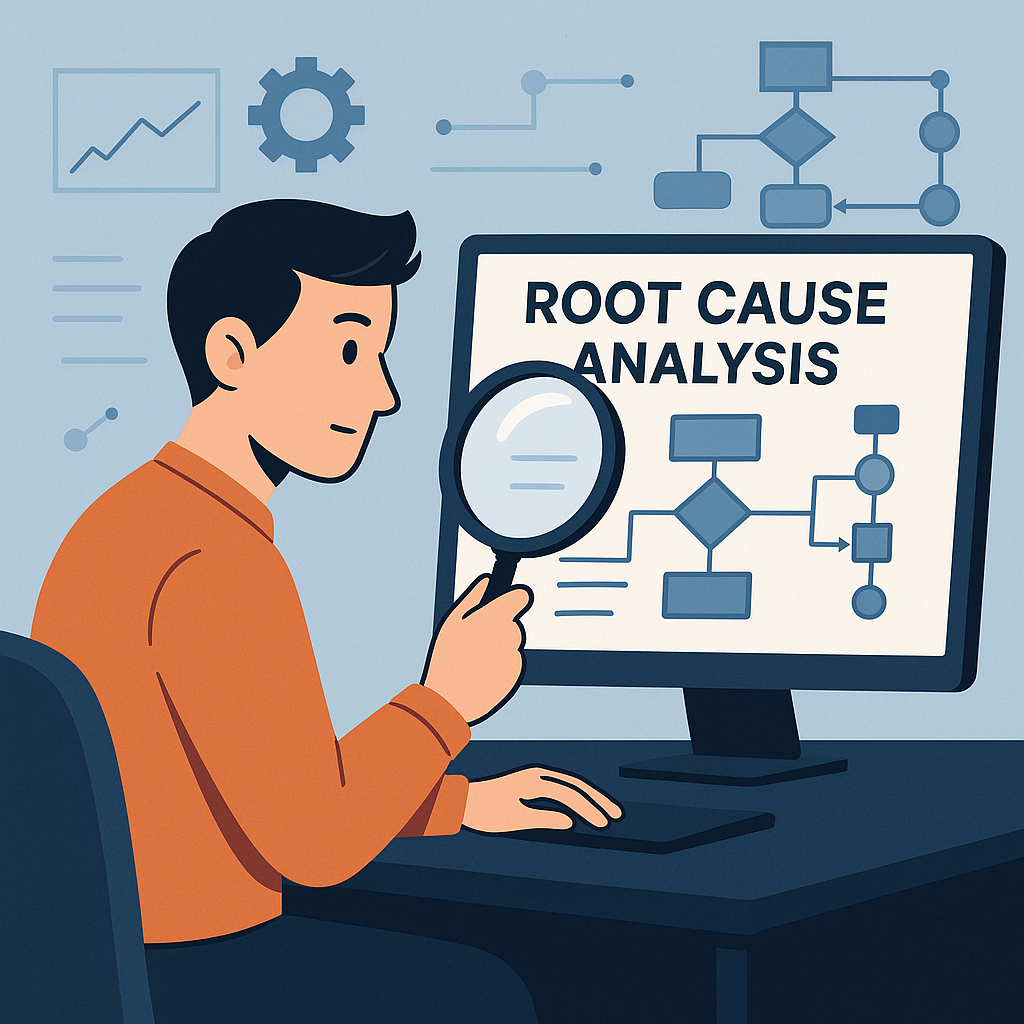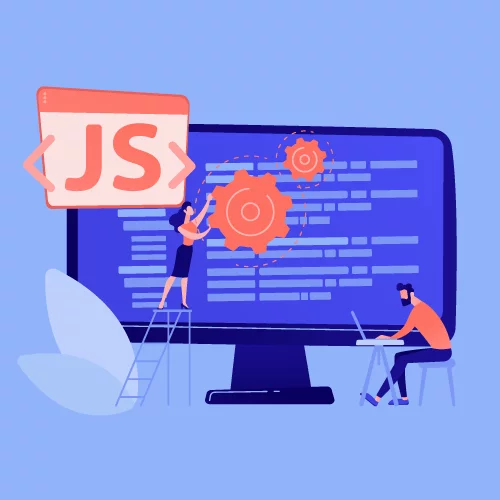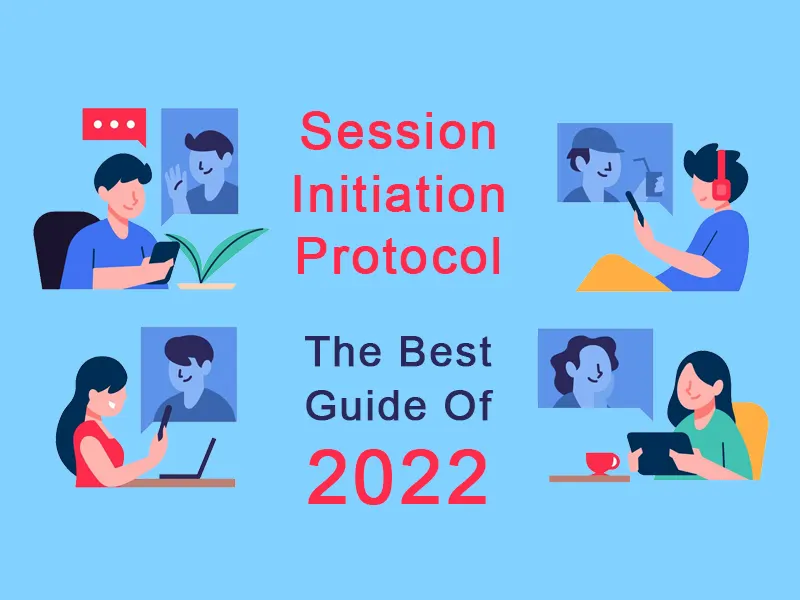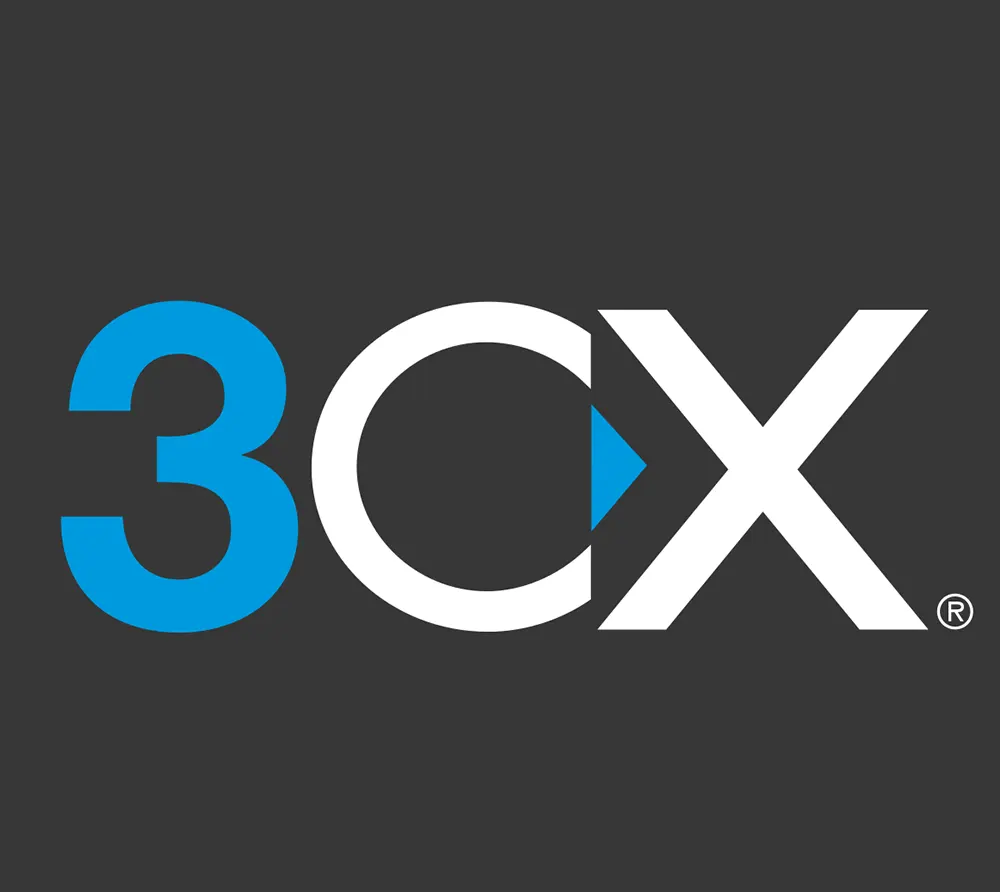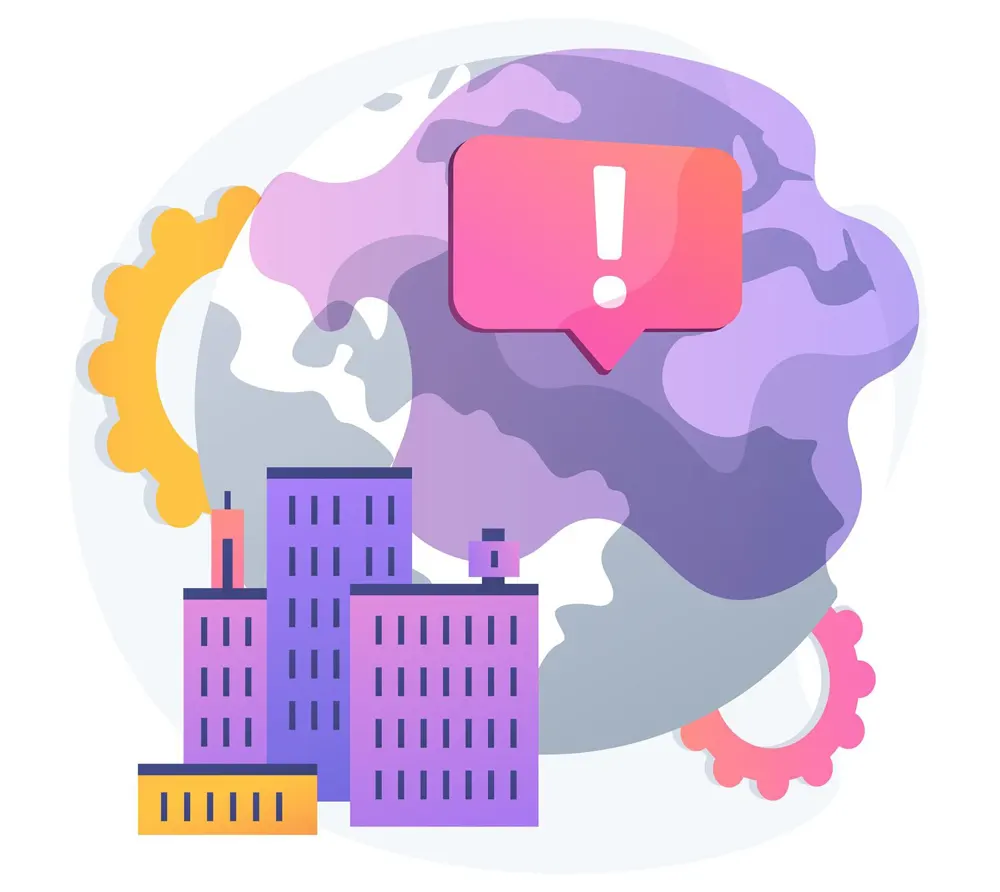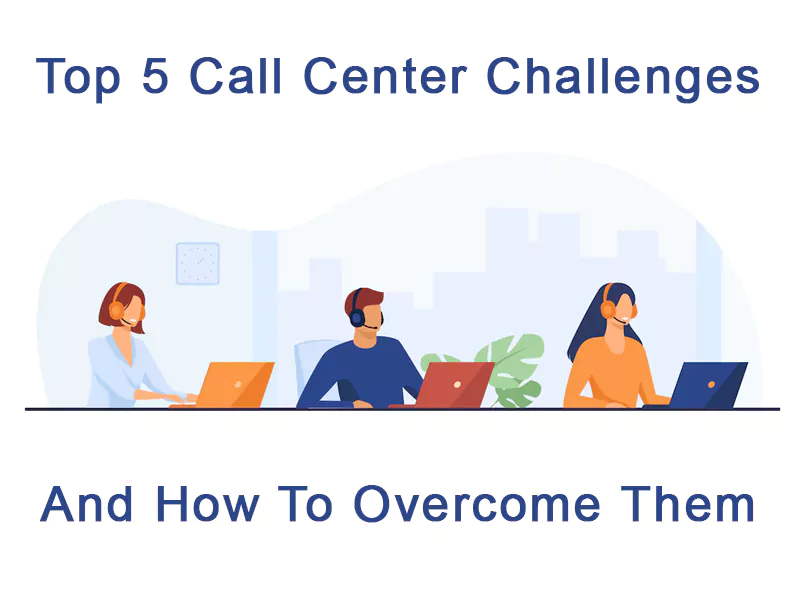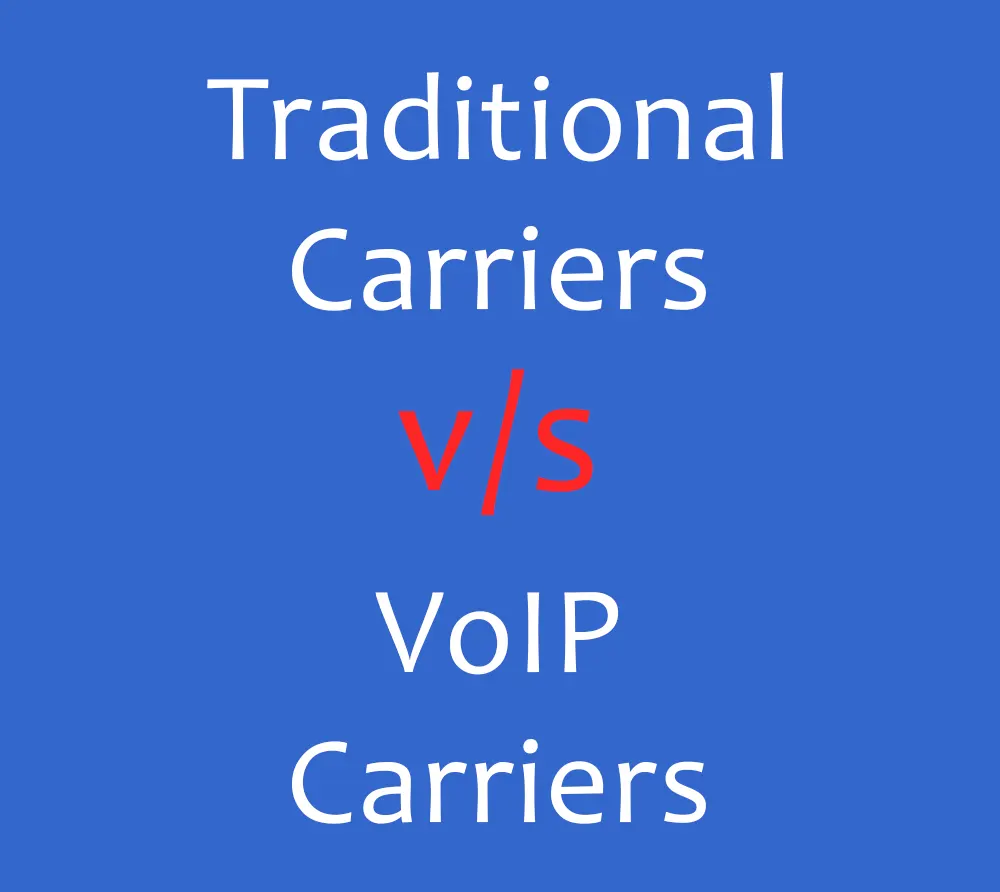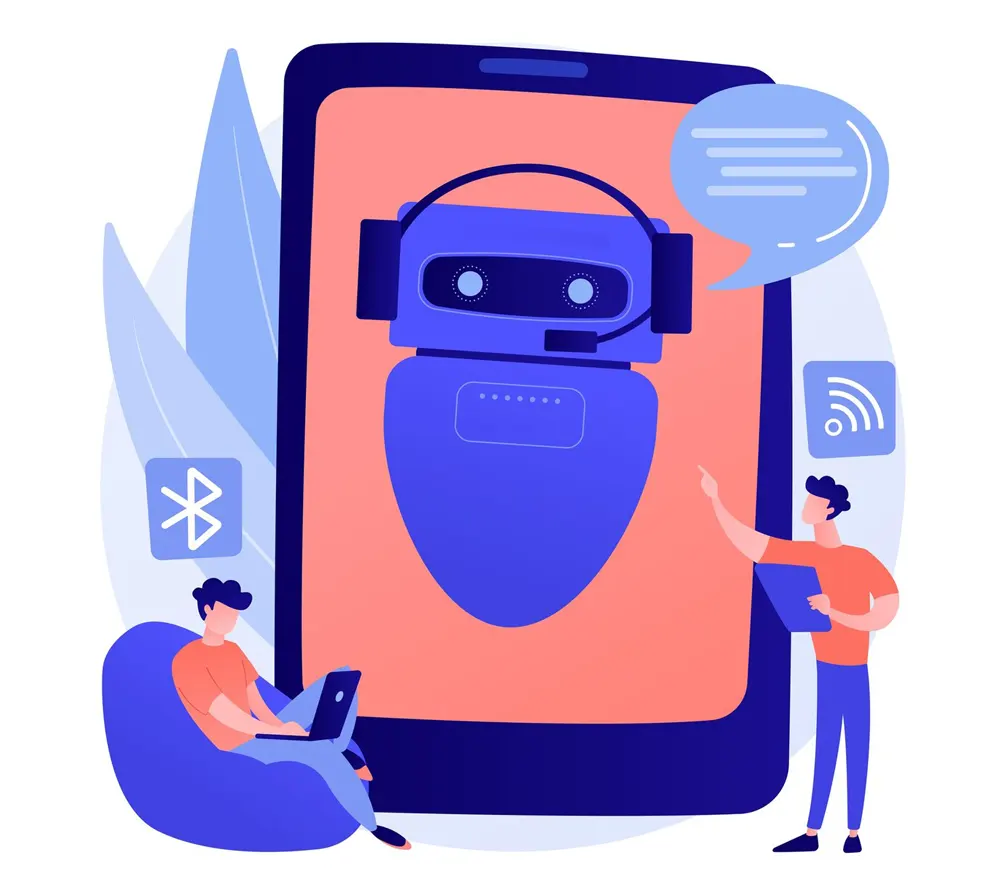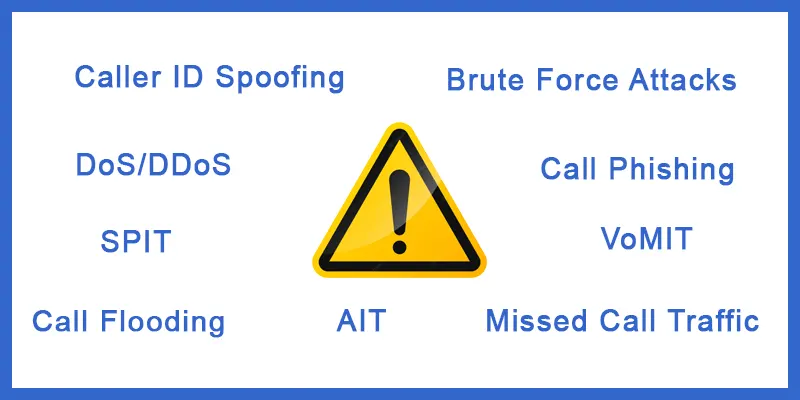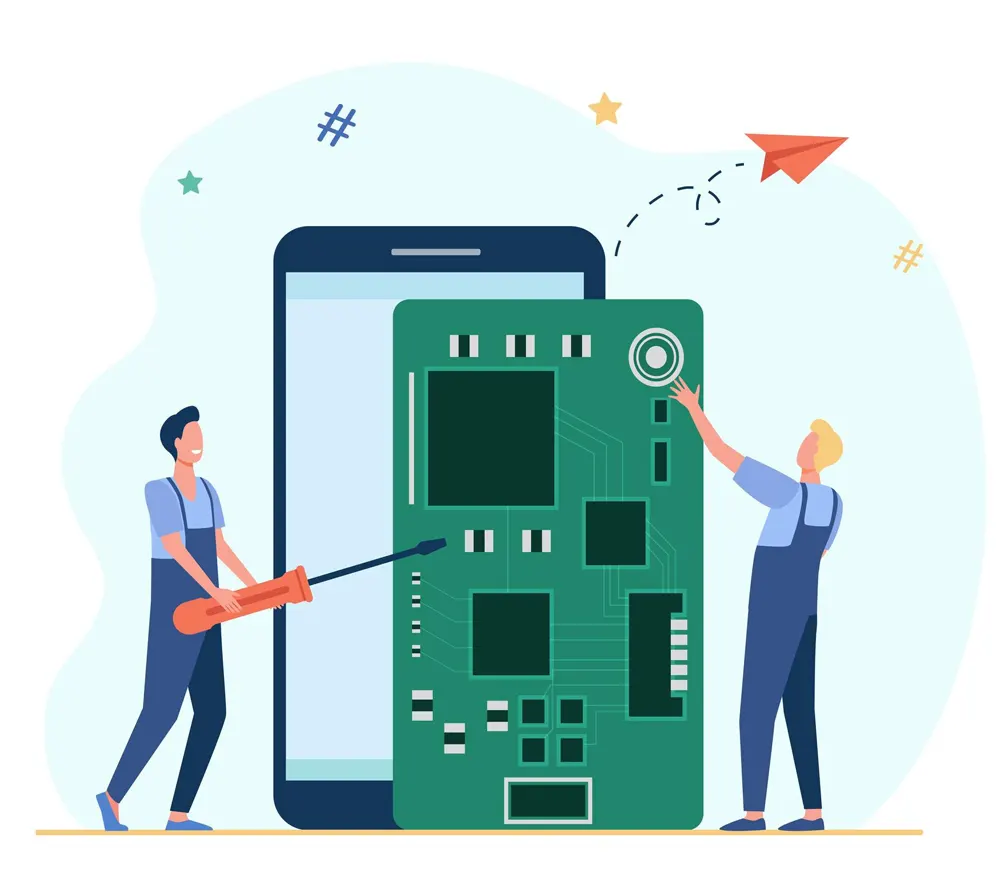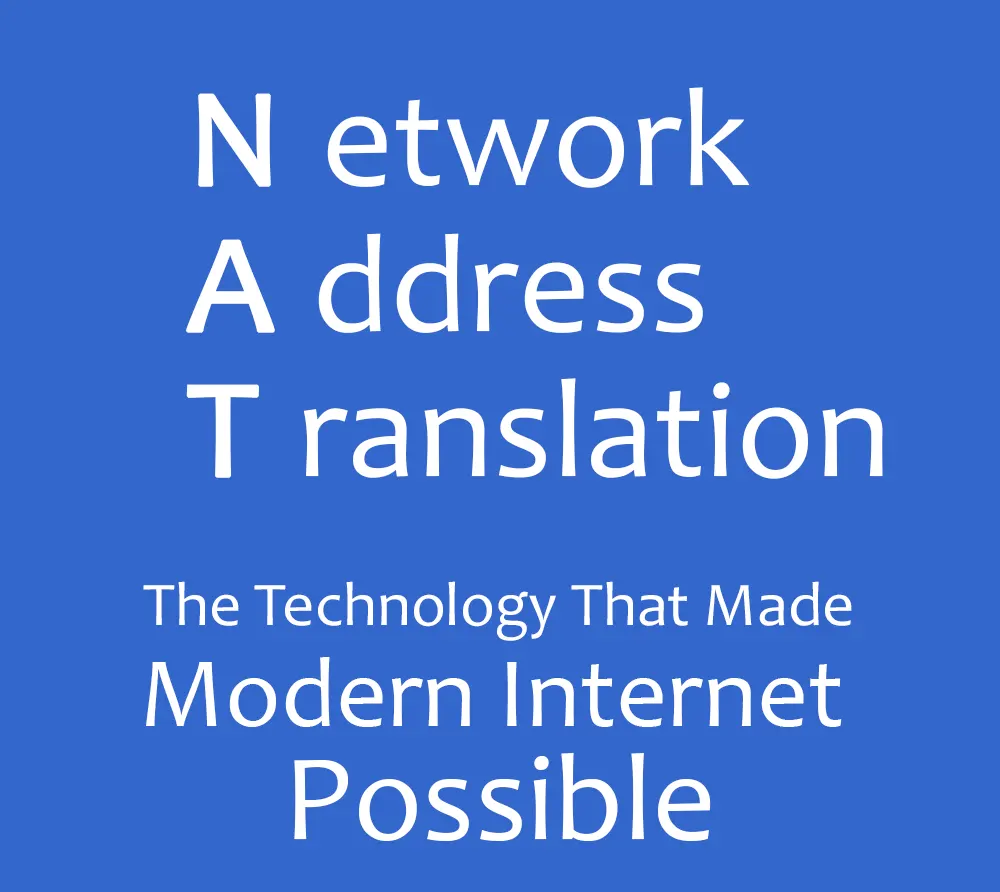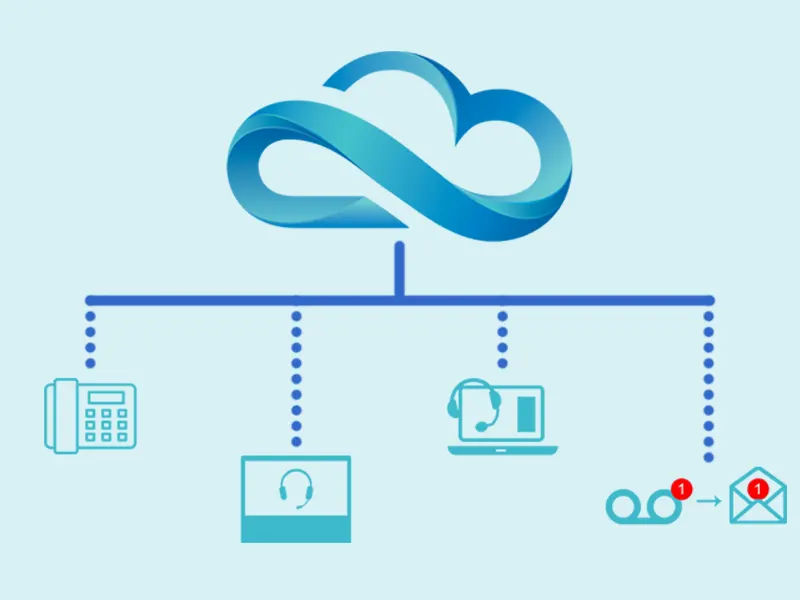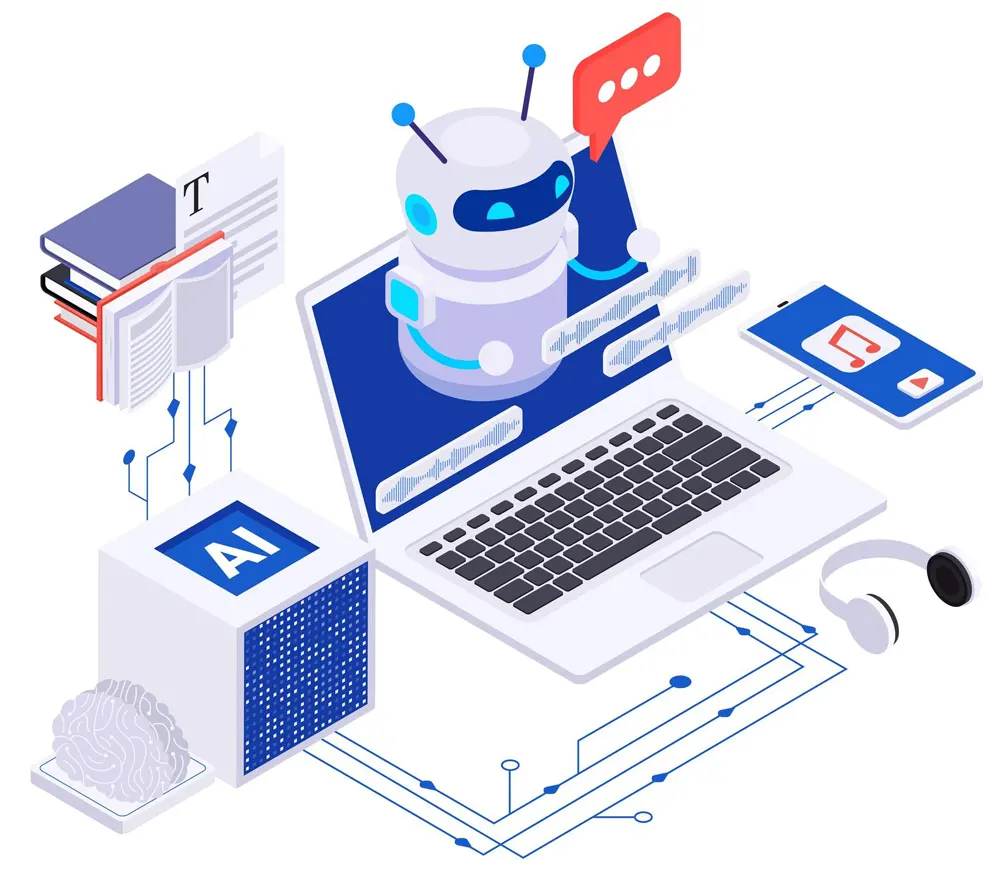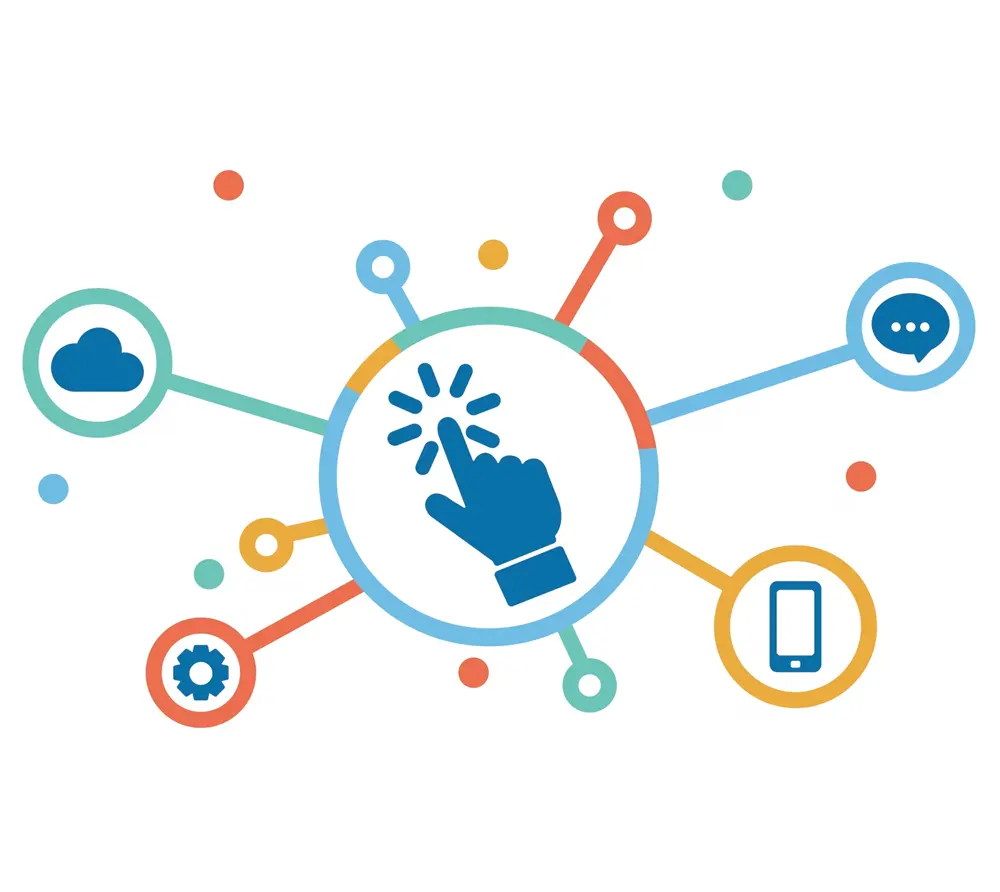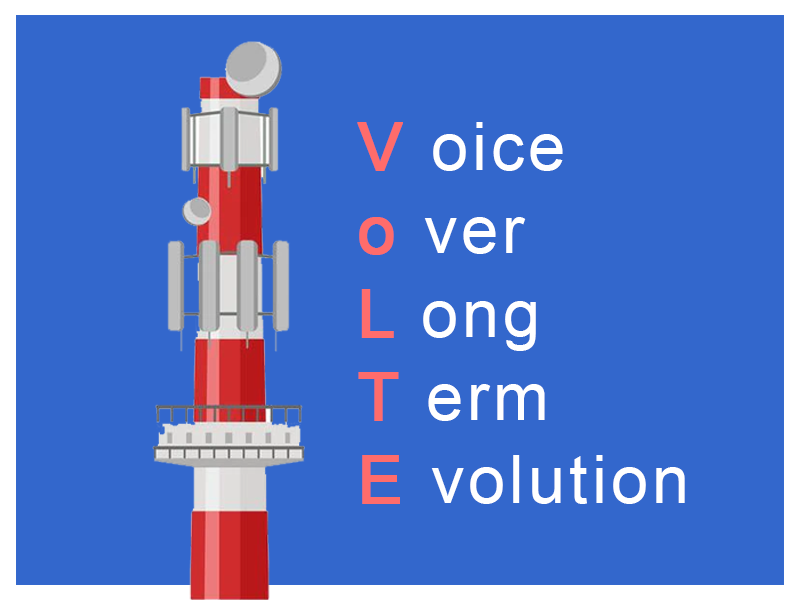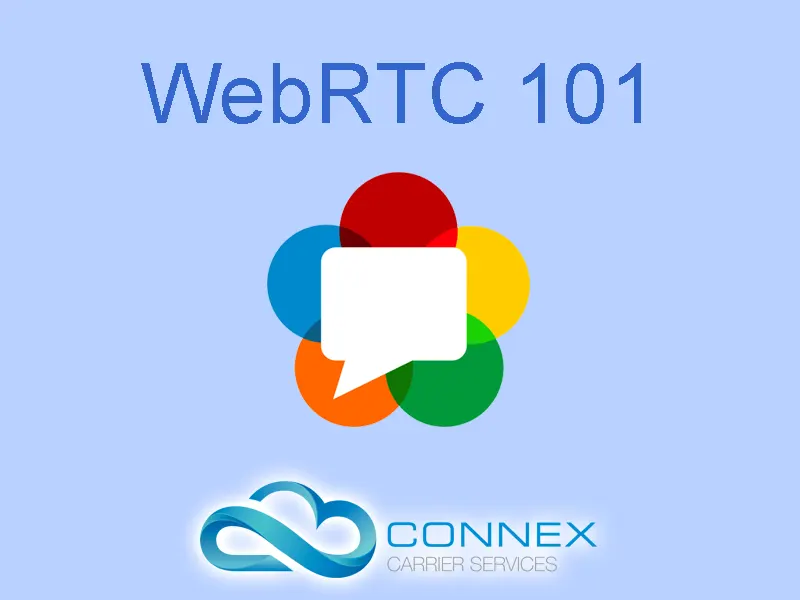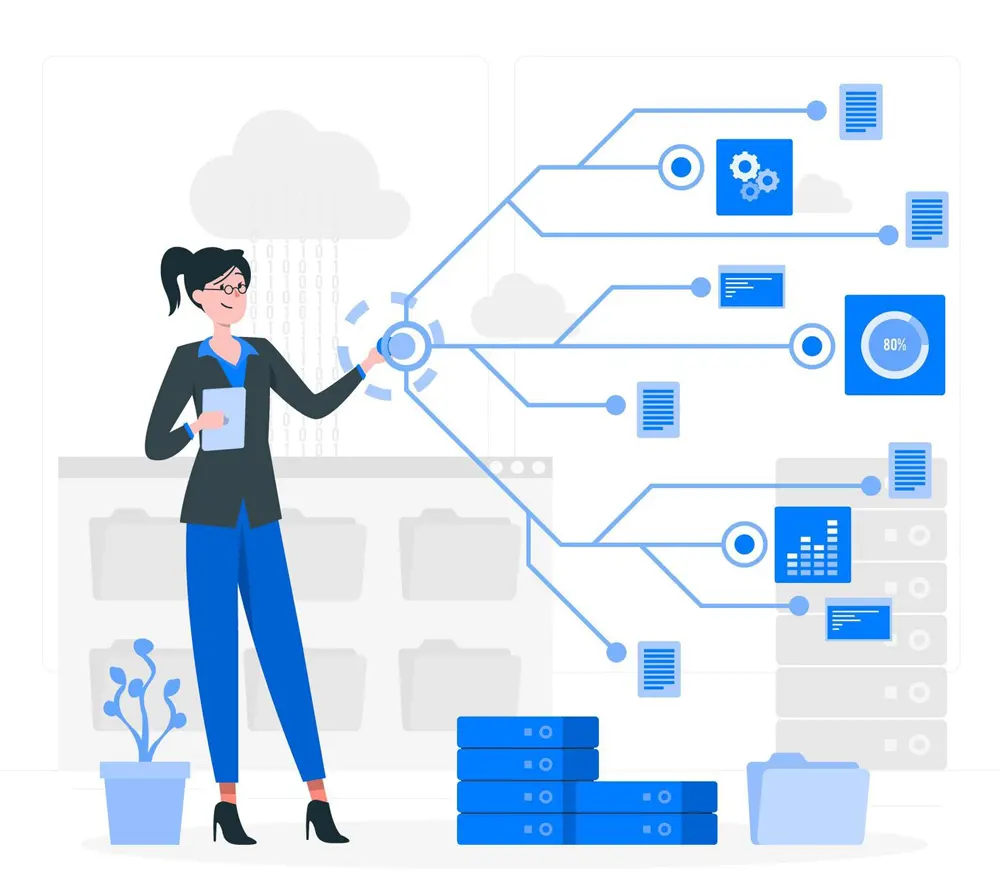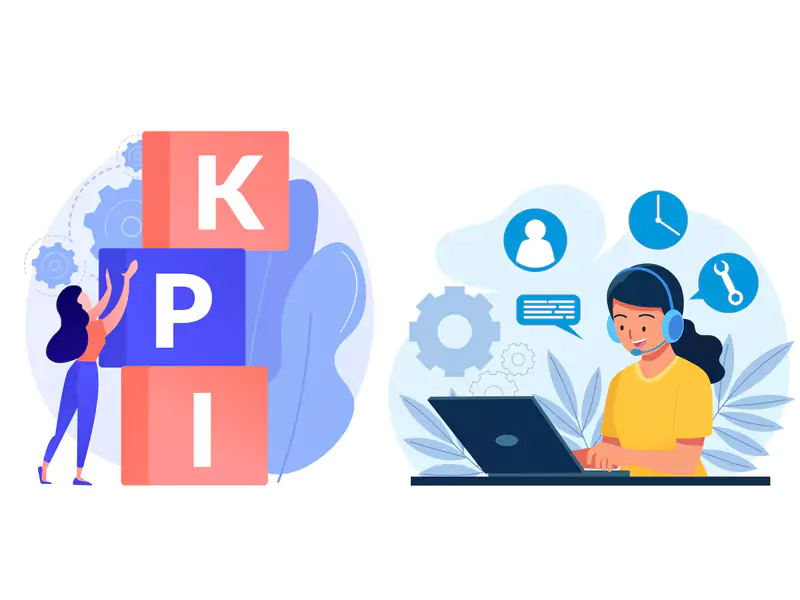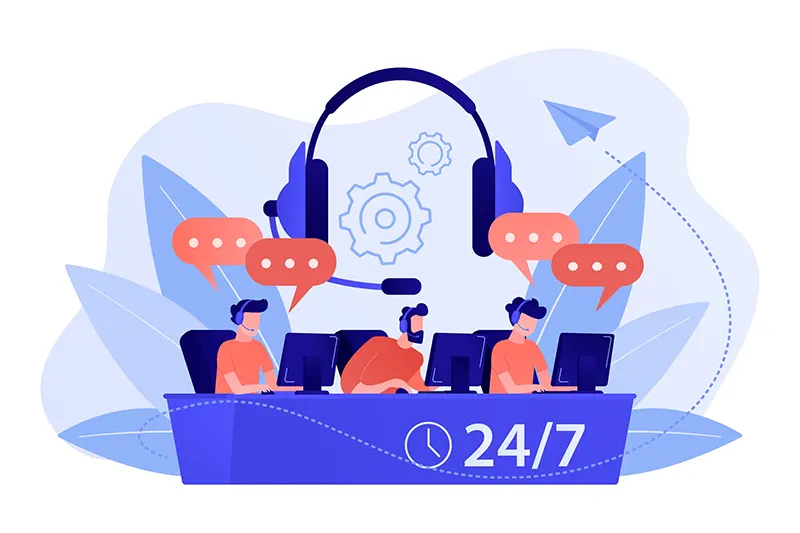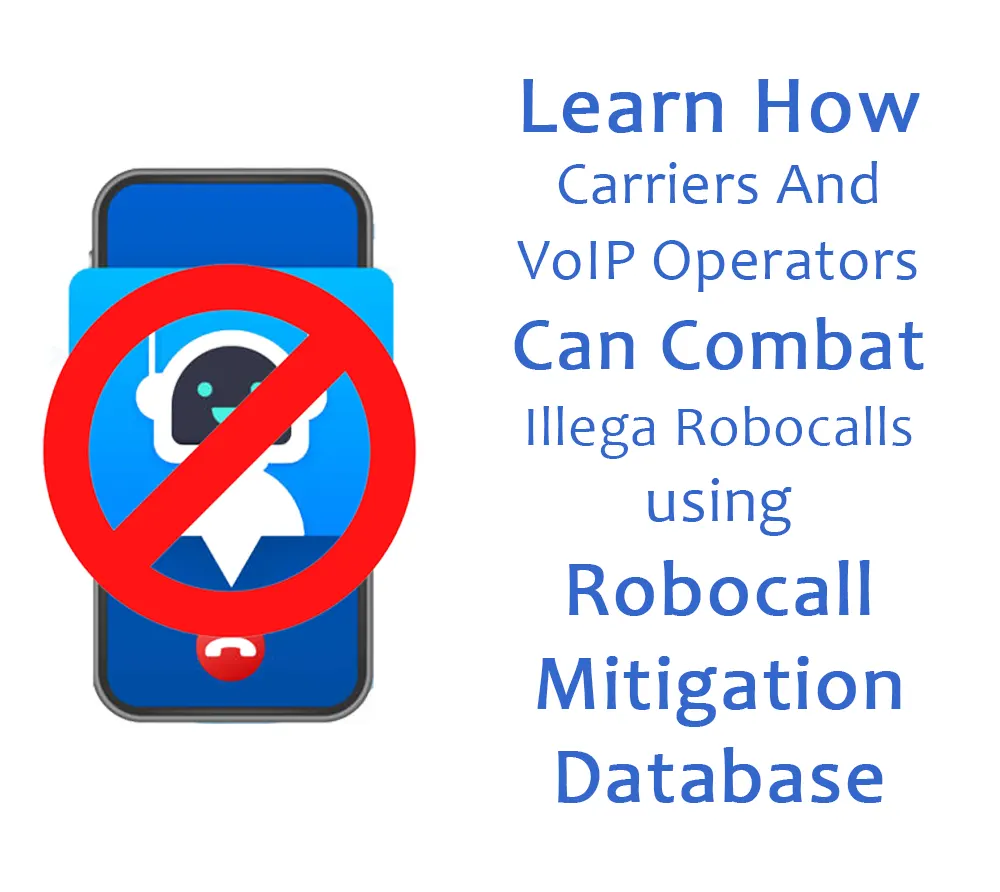Top 10 AI Voice Agent Platforms in 2025
The rise of AI voice agents in 2025 is transforming how businesses engage with customers. Conversational AI no longer feels futuristic; it’s fast becoming essential for modern call centers and customer service.
The numbers say it all. The global voice AI agents market was valued at just $2.4 billion in 2024. It is projected to explode to $47.5 billion by 2034, growing at a CAGR of 34.8%.
In fact, analysts see nearly 90% of hospitals and over 95% of customer interactions powered by AI agents by the end of 2025.
Why are companies adopting AI voice platforms so rapidly? The business case is clear. Voice agents deliver 24/7 support, automate repetitive requests, and scale to handle millions of calls. All while driving down costs and boosting CX.
But then the options are endless. Which one should you choose? It depends on who you are and what you’re trying to achieve!
This blog will compare the top 10 AI voice agent platforms, including ConnexCS. Everything we cover herein will help you find the best option for your needs.
So get ready to explore the technology that will shape tomorrow’s conversations.
What is an AI Voice Agent?

An AI voice agent is a software system that uses artificial intelligence to understand, interpret, and respond to human speech in real time.
These systems enable natural, human-like conversations with customers or users over phone and voice-based channels.
Unlike traditional IVRs or menu-driven bots, AI voice agents grasp context, emotion, and intent, letting people interact as if speaking to a skilled human agent.
They automate complex tasks from booking appointments to troubleshooting, delivering quick, accurate responses and engaging experiences for users.
AI voice assistants like Alexa or Siri handle simple personal tasks (e.g., music, weather). AI voice agents for business go further, managing nuanced service calls, transactional requests, and customer support at scale.
The benefits of AI voice agents for organizations are substantial:
- Significant cost savings by handling routine or repetitive calls without human staff.
- 24/7 support, ensuring customers get help any time and reducing wait times.
- Multilingual communication, allowing businesses to serve diverse audiences seamlessly.
- Effortless scalability. Voice agents handle thousands of calls at once, growing with demand.
AI Voice Agents have more benefits to offer your business. However, not all systems are built the same. Let’s learn which features and capabilities you should look for when choosing an AI Voice System for your business.
Key Features to Look for in AI Voice Agent Platforms
The following capabilities are essential, especially for enterprises looking for scalability, compliance and long-term reliability.

1. Workflow Orchestration with a Simplified UI
A strong platform should let you design complex workflows with sequential tasks without needing heavy coding. A simplified interface enables business teams to map out conversation flows, escalation rules, and post-call actions seamlessly.
2. Wide Choice of Models and Voices
Flexibility in choosing the right LLM (Large Language Model) and voice style is critical for delivering natural conversations. ConnexCS supports 100+ LLMs and an equally rich selection of voices. Thus, giving businesses more freedom than most platforms.
3. Built-in Compliance and Guardrails
Security, privacy, and compliance cannot be an afterthought. Look for platforms with built-in compliance tools, safety nets, and guardrails to meet regulatory requirements like GDPR, STIR/SHAKEN, and HIPAA while ensuring customer data safety.

4. Realistic Conversational Control Parameters
Fine-tuning controls like pacing, tone, and interruption handling, make interactions feel more human. Platforms that provide multiple conversational parameters help deliver smoother, more natural conversations. At ConnexCS, we have everything baked in!
5. API-First Integration
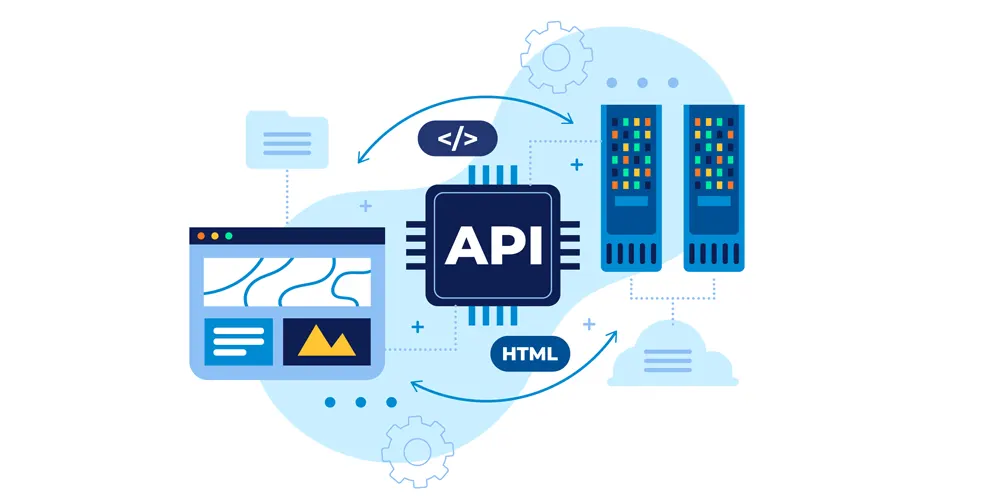
AI voice agents shouldn’t live in isolation. Platforms must provide comprehensive API access with multiple endpoints to integrate with CRMs, analytics tools, diallers, PBXs, and other enterprise systems. ConnexCS excels in enabling such deep integrations.
But wait, only having these capabilities might not be enough. We recommend you take extensive demos and trials. Now let’s take a look at our recommendations!
Here are Our Tested and Reviewed AI Voice Agent Platforms
This list is in no particular order or preference. We want you to go through each recommendation as each one is unique and caters to different sets of requirements.
1. PolyAI
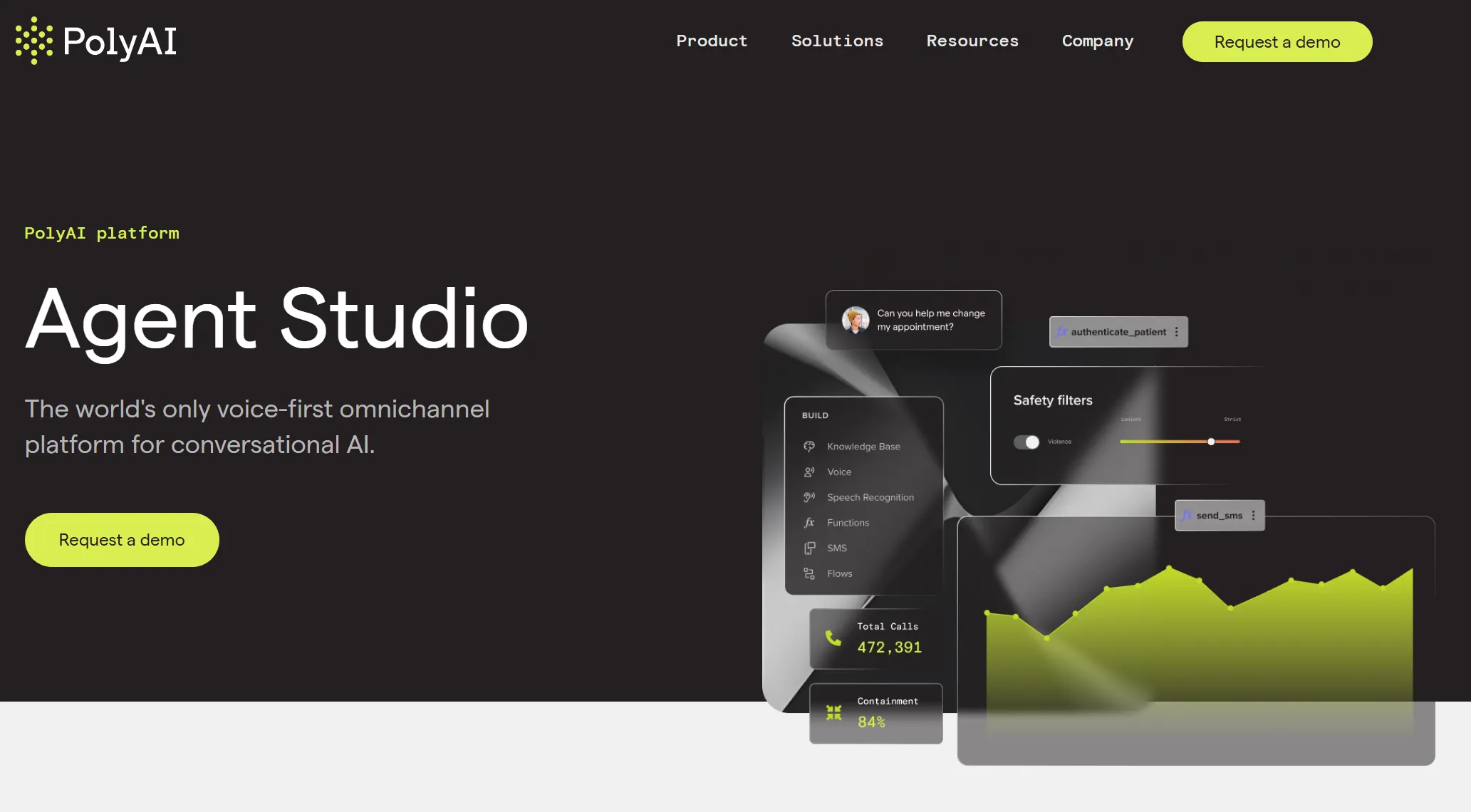
PolyAI, founded in 2017 by Cambridge researchers, provides conversational AI voice agents for call centers across banking, retail, hospitality, insurance, and utilities.
Its platform combines proprietary LLMs, retrieval-based generative AI, patented dialogue management, and advanced speech recognition (“United ASR”) for 50–75% call automation in real time. ConveRT NLU ranks among the most accurate models globally.
Deployable in six weeks, PolyAI integrates with SIP/PSTN, Amazon Connect, Five9, Genesys, Cisco, and CRMs.
It offers enterprise-grade security, real-time analytics, and 24/7 support, helping enterprises boost CSAT, reduce staffing costs, and drive incremental revenue.
Pros
- Human-like, resilient voice interactions: The AI handles interruptions, accents, and natural speech fluency well.
- Strong integration ecosystem: Native connectors and flexible APIs enable seamless deployment in existing contact center infrastructures.
- Enterprise-grade reliability with real-time analytics: Offers consistent performance, compliance, and operational visibility tailored for large organizations.
Cons
- Deployment time: Setup typically takes around six weeks, which may be slower than no-code alternatives.
- Limited memory/context recalls: Some users have noted that the AI’s conversational memory can be short, affecting long multi-turn dialogues.
- Pricing opacity: Public pricing is not readily available—clients must request a demo for a quote.
Who Is It For?
PolyAI is best suited for mid-to-large enterprises. Particularly in regulated or high-volume sectors such as finance, travel, hospitality, and utilities. These industries need robust, scalable AI voice agents.
It’s an excellent choice for organizations aiming to reduce call center costs. It also improves user experience in complex, voice-first workflows and retains full integration and compliance control.
However, those needing ultra-fast deployment, extensive persona crafting, or cost transparency might explore lighter, no-code platforms.
Pricing Details
PolyAI does not publish standardized pricing on its website; instead, it operates on a bespoke enterprise model. Industry sources note that it typically charges "per minute of calling time".
Additionally, independent review indicates pricing is flexible and scalable per client, but no flat rates are given. To get precise pricing, businesses must engage directly with PolyAI via a demo request.
2. Synthflow AI
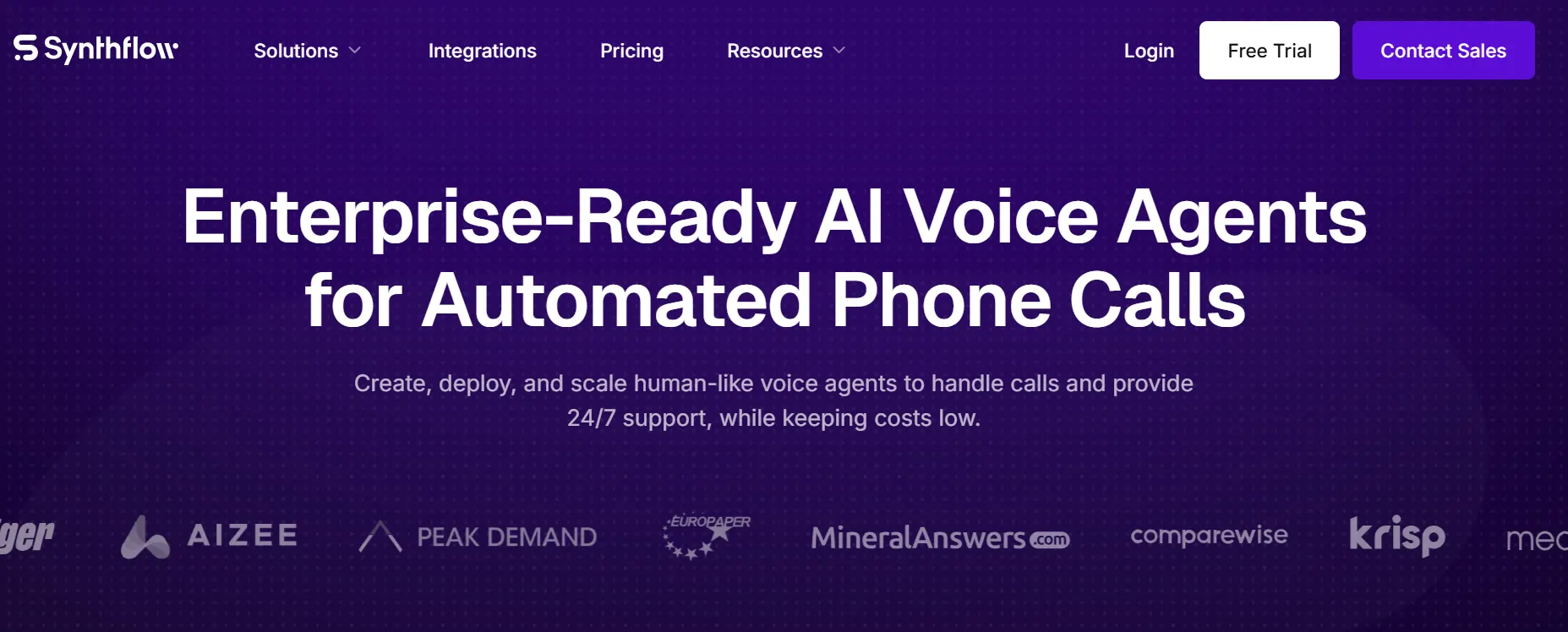
Synthflow AI is a no-code platform for automating phone-based customer interactions across support, sales, healthcare, and banking.
It offers AI voice agents powered by GPT-4o, GPT-4o-Mini, or a custom Synthflow LLM, with multilingual, human-like voices via ElevenLabs.
Features include real-time synthesis, sentiment analysis, persistent memory, and low-latency calls. Supporting 200+ integrations (Salesforce, Twilio, Zapier), SIP trunking, APIs, and website embedding, Synthflow enables deep workflow automation.
It handles millions of calls monthly with 99.99% uptime. They offer SOC2, HIPAA, and GDPR compliance, enterprise security, analytics, and agency dashboards.
Pros
- Comprehensive no-code deployment: Businesses can launch AI agents in minutes, with visual builders and no programming required.
- Extensive integrations: Native connections to CRMs, telephony systems, calendars, and automation tools.
- Predictable, all-inclusive pricing: Fixed monthly rates bundle essential features, limiting surprise costs.
Cons
- Voice model support is limited: Primarily relies on ElevenLabs, lacking broader fine-tuning and voice diversity.
- LLM choice somewhat restricted: Only GPT-4o, GPT-4o-Mini, and a Synthflow model available—less flexibility than open LLM marketplaces.
- Entry-level plan cost per minute: The lowest-tier plan has a relatively high per-minute rate, potentially impacting cost-effectiveness for very small businesses.
Who Is It For?
Synthflow is best suited for SMEs, mid-market, and enterprise organizations. The capabilities align well with scalable phone automation in sales, support, healthcare, banking, and appointment-heavy fields.
It is ideal for non-technical teams requiring fast no-code deployment, agencies offering AI calling solutions. Businesses prioritizing bundled integrations with strong security and analytics will also benefit from Synthflow AI.
Pricing Details
Synthflow's plans scale by call volume and concurrency:
1. Starter: $29/month for 50 minutes, 5 concurrent calls (entry, small teams).
2. Pro: $375/month for 2,000 minutes ($0.13/min after), 25 concurrent calls (SMBs, low volumes).
3. Growth: $870/month for 4,000 minutes ($0.12/min after), 50 concurrent calls, more workflows, subaccounts.
4. Agency: $1,250/month for 6,000 minutes ($0.12/min after), 80 concurrent calls, unlimited subaccounts (agencies, resellers).
5. Enterprise: Custom quote with volume-based discounts, prioritized support, and custom integrations.
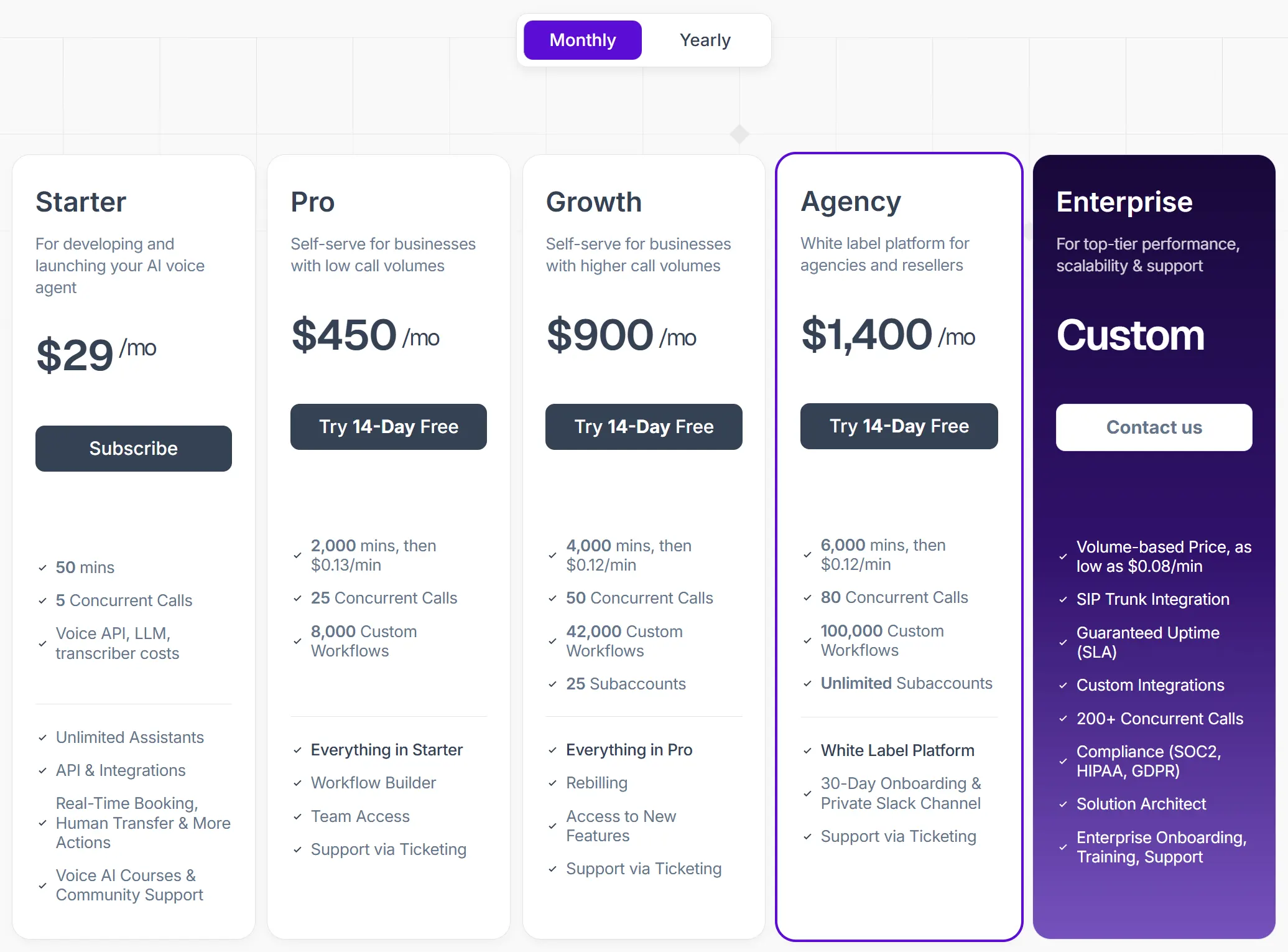
All plans bundle CRM, transcription, SMS features, and free 14-day trials are available. Enterprise-level data compliance and support are guaranteed, with further discounts for larger volumes.
3. ConnexCS AI Voice Agent
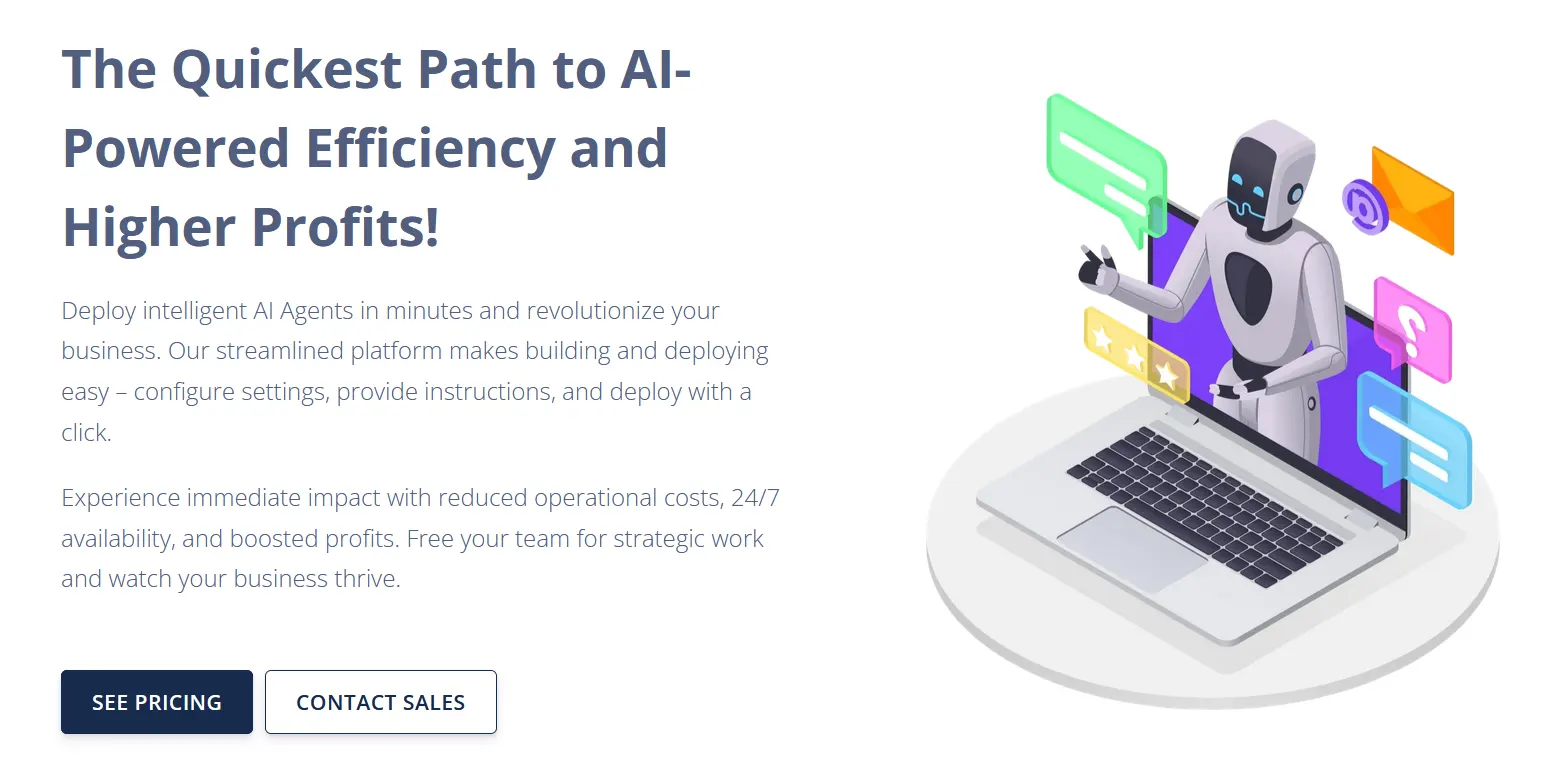
ConnexCS AI Agent automates customer interactions for support, scheduling, after-hours assistance, and front desk tasks within its VoIP and cloud communications suite.
It offers selectable LLMs, real-time speech-to-text, natural TTS in 20+ languages, and granular control over latency, prompts, and conversation flow.
Native SIP, PBX, and billing integration, plus ScriptForge scripting and APIs, enable deep customization. The platform supports multi-tenant deployments, unlimited agents, and 99.9% uptime with failover, encryption, and global scaling.
Features include audit trails, billing analytics, call monitoring, and compliance guardrails. These help enterprises reduce costs, improve consistency, and deliver 24/7 availability.
Pros
- End-to-end telephony integration: Deep native VoIP, SIP, PBX, and billing integration for a unified solution.
- Highly customizable automation: Fine-grained, code-based agent logic, advanced scripting, and prompt engineering support.
- 24/7, multilingual support: AI agents can operate in 20+ languages with near-zero downtime, boosting global reach.
Cons
- Requires technical expertise: Advanced setup and automation features are best utilized by technical or developer teams but ConnexCS provides free training.
- Voice/model flexibility dependent on platform: Available voices and LLM features vary based on chosen platform or model.
- Complexity for small businesses: Some features may be overkill for organizations with basic needs or few calls.
Who is it for?
ConnexCS AI Agent is ideal for telecom and SaaS providers or enterprises needing deep voice automation. VoIP operators, and businesses with high call volumes or complex workflows can benefit tremendously.
It best serves technical teams and organizations looking for customizable, scalable, and tightly integrated telephony solutions. Especially those wanting to offer automation as a value-added reseller service.
ConnexCS AI Agent is less suitable for small, low-volume VoIP operators, non-technical teams seeking plug-and-play assistants.
Pricing Details
ConnexCS offers usage-based and subscription pricing:
Usage Based: $0.05/min
Subscription: $150/agent/month (50 Agents Minimum) $100/agent/month (100 Agents and more)
Reseller packages and custom deployments are available for partners, with auto-billing and customer package association for automation services. These transparent, granular costs allow scaling from small pilots to enterprise deployments as needed.
4. Vapi (VAPI)
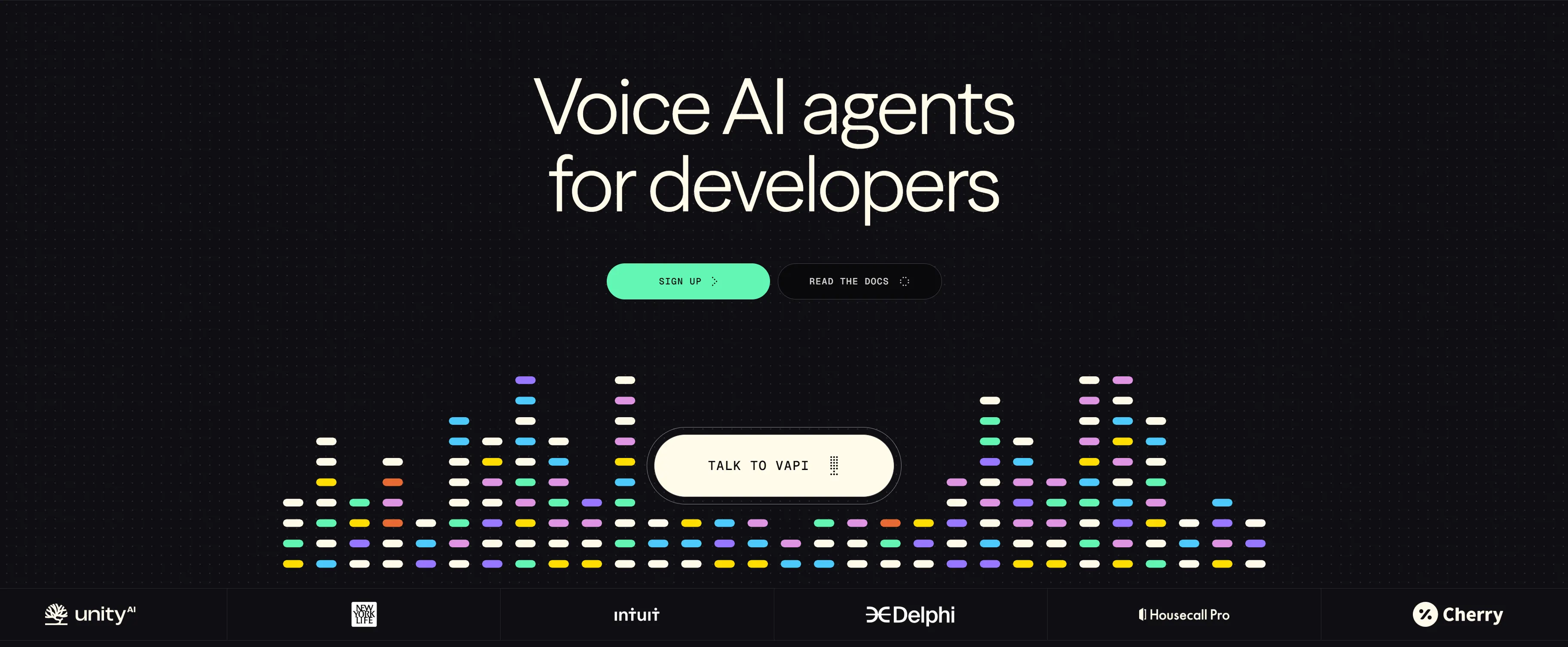
Vapi is a developer-first voice AI platform offering a highly configurable API for building enterprise-grade voice agents. It supports modular ASR, LLMs, and TTS via OpenAI, Deepgram, ElevenLabs, PlayHT, and self-hosted models.
With sub-500ms latency, 100+ language support, and 99.99% uptime, Vapi enables scalable inbound/outbound call automation. Features include A/B testing, analytics, tool calling, Flow Studio no-code editor, and 40+ integrations.
It offers concurrency scaling, on-premise deployment, automated testing, version control, and SOC2, HIPAA, PCI compliance.
Enterprises benefit from real-time monitoring, guardrails, and dedicated support to deliver secure, human-like voice interactions at massive scale.
Pros
- Maximum configurability: Bring your own models (ASR/LLM/TTS), and optimize for use case, cost, and quality.
- Truly developer-friendly: Clear APIs, SDKs, and modular design support rapid, custom solution building.
- Enterprise-ready scalability and compliance: 99.9% uptime, SOC2/HIPAA/PCI, global language support, robust analytics.
Cons
- Pricing complexity: Usage-based billing across five vendors (hosting, telephony, STT, TTS, LLM) can lead to unexpected, difficult-to-predict costs.
- Integration overhead: Managing and billing multiple third-party services increases operational complexity for non-technical teams.
- Requires technical resources for advanced use: Full value is realized by teams with engineering capacity to handle APIs, prompt design, and workflow setup.
Who is it for?
Vapi is ideal for tech-forward companies (from growth startups to large enterprises) in need of highly customizable, scalable, and reliable voice AI.
It best serves developer teams, SaaS vendors, and businesses that need to control every layer viz. voice quality, latency, models, workflows, analytics, for mission-critical inbound or outbound phone automation.
Less suitable for non-technical users with small-scale or simple plug-and-play needs.
Pricing Details
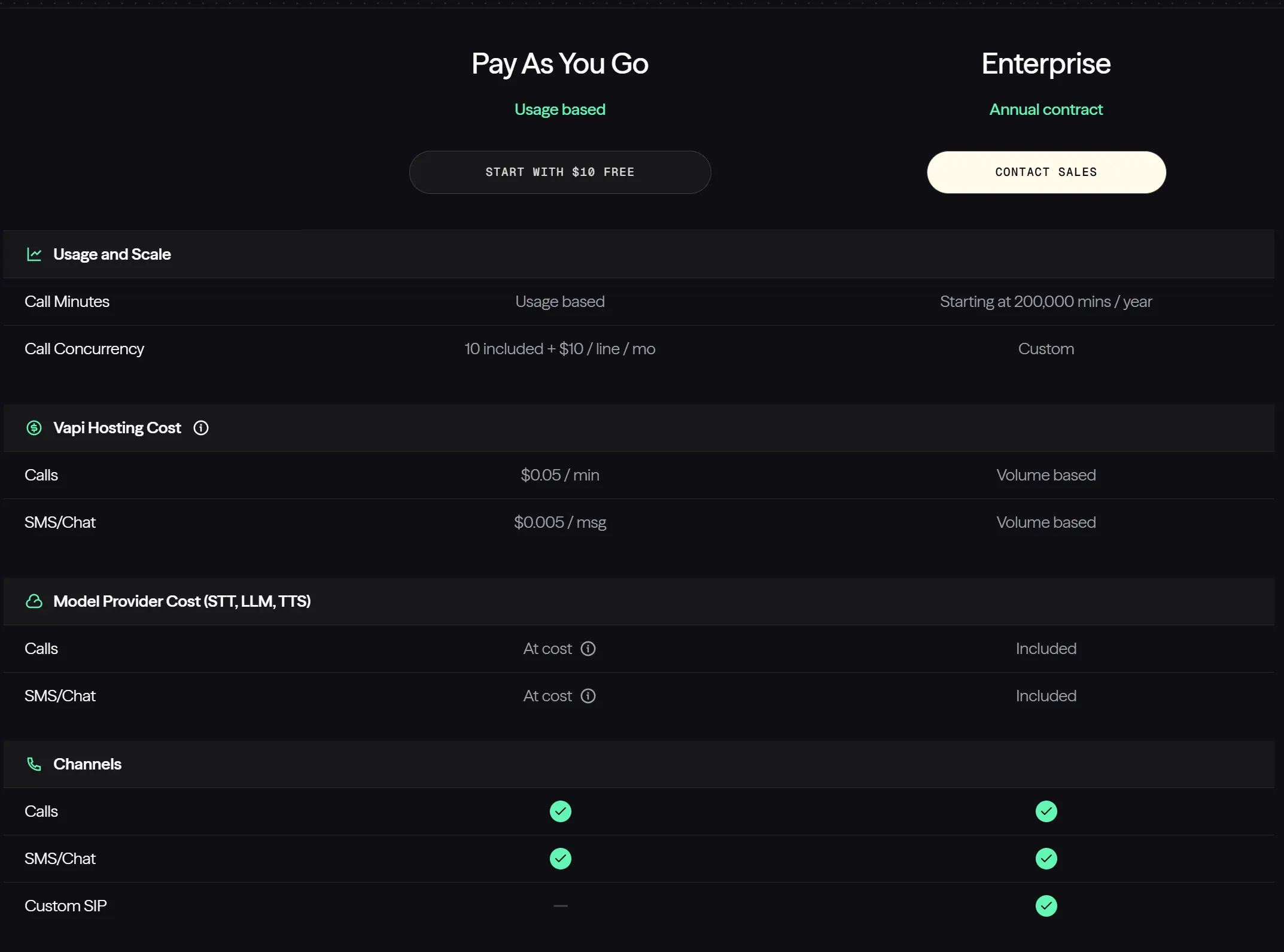
Vapi uses transparent but multi-component usage billing:
Base Hosting: $0.05/minute per active call.
Telephony: Charged by third-party providers (e.g., Twilio at $0.008–$0.014/min, Vonage at $0.00814/min).
LLM (AI model): Charged per provider—for example, GPT-4.1 at $0.06/1M tokens, Claude 3 Opus at $0.09/1M tokens, Grok Beta at $0.14/1M, Mistral Large at $0.002/1M, Gemini 1.5 Flash at $0.09/1M.
TTS: ElevenLabs at $0.036/min, PlayHT at $0.0648/min, others from $0.01–$0.06/min.
STT: Deepgram at $0.01/min, Assembly AI at $0.00025/min, Azure $0.017/min.
Plan Options: Startup plan: $999.98/month (includes 7,500 minutes), with $10 free trial credits and 60 minutes free.
Concurrency: 10 concurrent SIP lines included, with more at $10/month per line.
To simplify things for you, the lowest you can expect to pay is $0.0683 and the option costs top out at $0.1465/min.
Enterprise options offer custom pricing, volume discounts, and enhanced service, but users must aggregate costs across all services to project accurate total expenses.
5. Retell AI
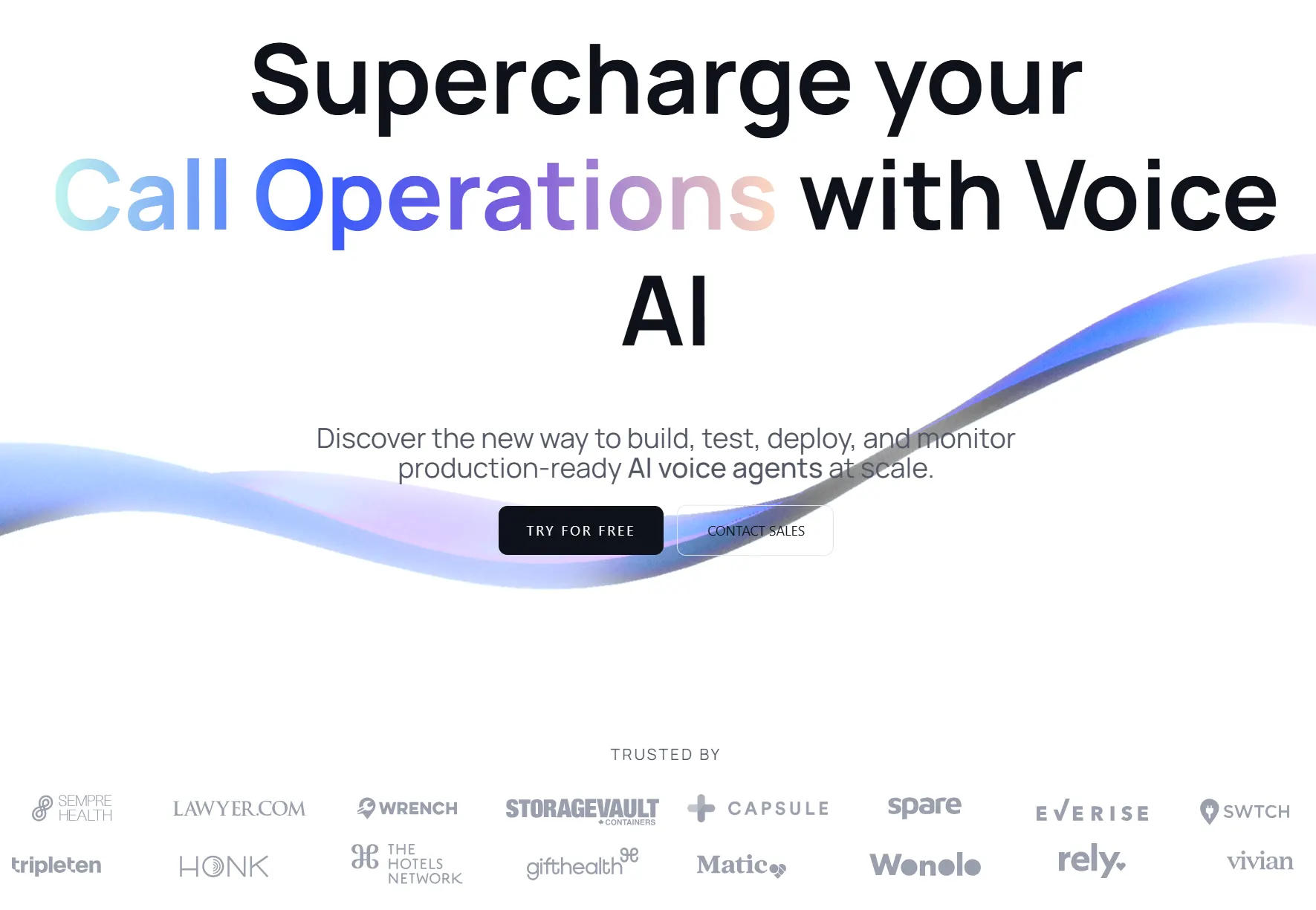
Retell AI builds enterprise-grade AI voice agents for customer support, sales, scheduling, and multichannel engagement. It supports GPT-5, GPT-4, Claude, Gemini, and voices like ElevenLabs.
Low-latency, multilingual, real-time interactions with automated summaries, transcription, and tagging are some of its highlights. The platform integrates via APIs, webhooks, and drag-and-drop tools, enabling custom workflows and CRM connectivity.
HIPAA, SOC2, and GDPR compliance, branded calling, concurrency scaling, and analytics dashboards come bundled. These allow Retell AI to deliver secure, production-ready voice agents for regulated industries.
Enterprises gain programmable logic, industry-specific training, and fraud prevention, ensuring scalable, reliable, and human-like AI-powered call automation.
Pros
- Enterprise-grade compliance and security suitable for healthcare, finance, and regulated industries.
- Flexibility with both no-code and developer-centric tools enabling accessibility along with deep customization.
- Rich analytics and real-time monitoring allow actionable insights and performance optimization.
Cons
- Pricing complexity due to modular components (LLM choice, telephony, voice engines) requiring careful management.
- Higher learning curve for advanced custom LLM integration and programming capabilities.
- May be overkill for small businesses or simple, low-volume use cases.
Who is it for?
Retell AI is best suited for enterprises and midsize businesses. Regulated sectors such as healthcare, financial services, insurance, and home services that require secure, compliant, and scalable AI voice solutions can benefit from its offerings too.
It serves teams looking for sophisticated AI conversational agents with strong customization and integration capabilities. Especially those willing to invest in technical resources to harness its full potential.
Retell AI is less suited for very small or non-technical businesses seeking simple out-of-the-box AI call automation.
Pricing Details
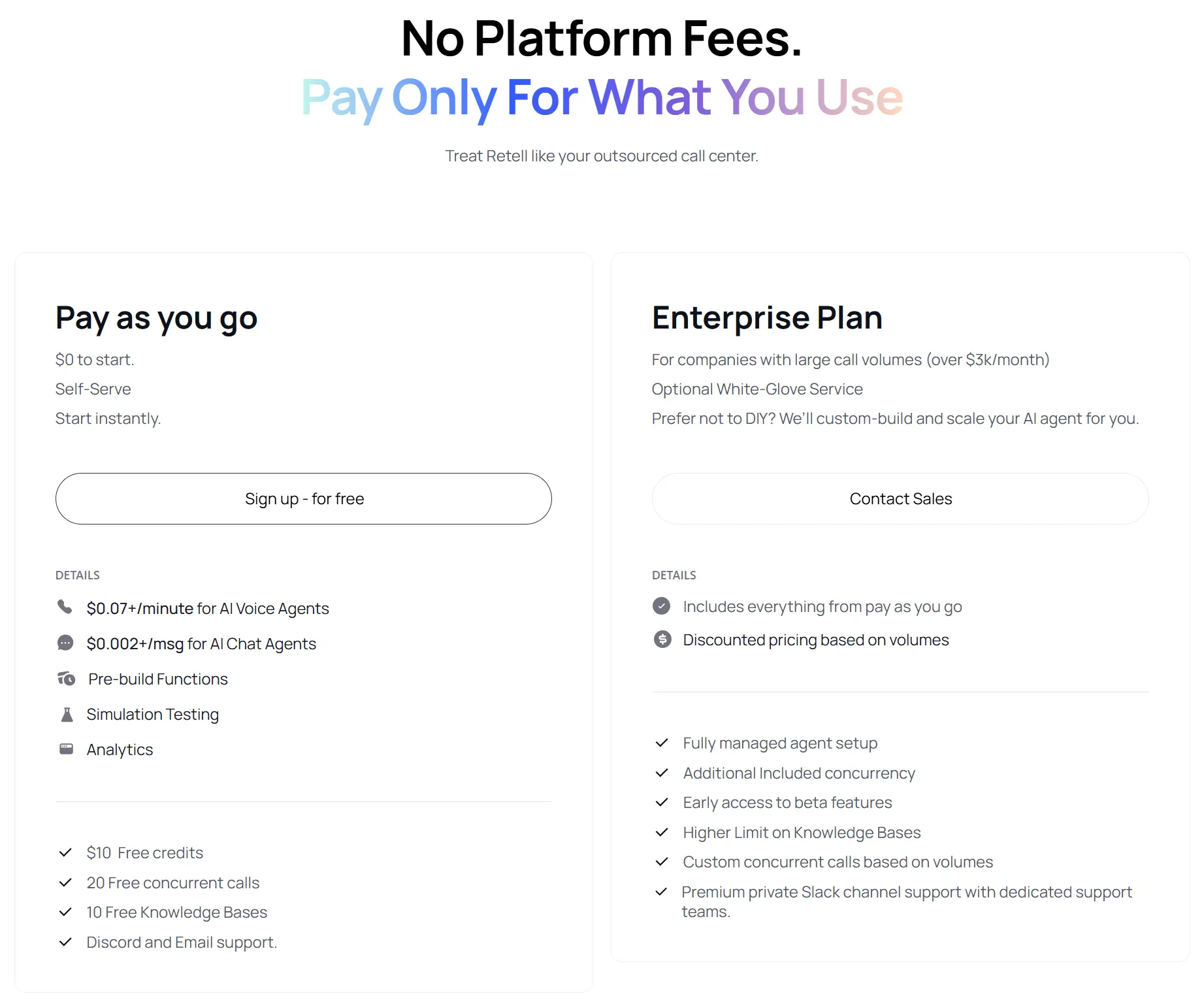
Retell AI uses a modular pricing model that adds up costs for conversation voice engines (e.g., $0.07/min with ElevenLabs voices), LLM usage (ranging from $0.003/min to $0.06/min depending on model), and telephony (e.g., $0.015/min with Retell Twilio).
Additional charges apply for features like knowledge bases, SMS, concurrency, and verified phone numbers. The platform offers 60 free minutes and 20 concurrent calls initially.
Pricing ranges typically fall between $0.13 and $0.31 per minute depending on components selected and volume. Enterprise plans with volume discounts and white-glove service are also available.
6. PlayAI
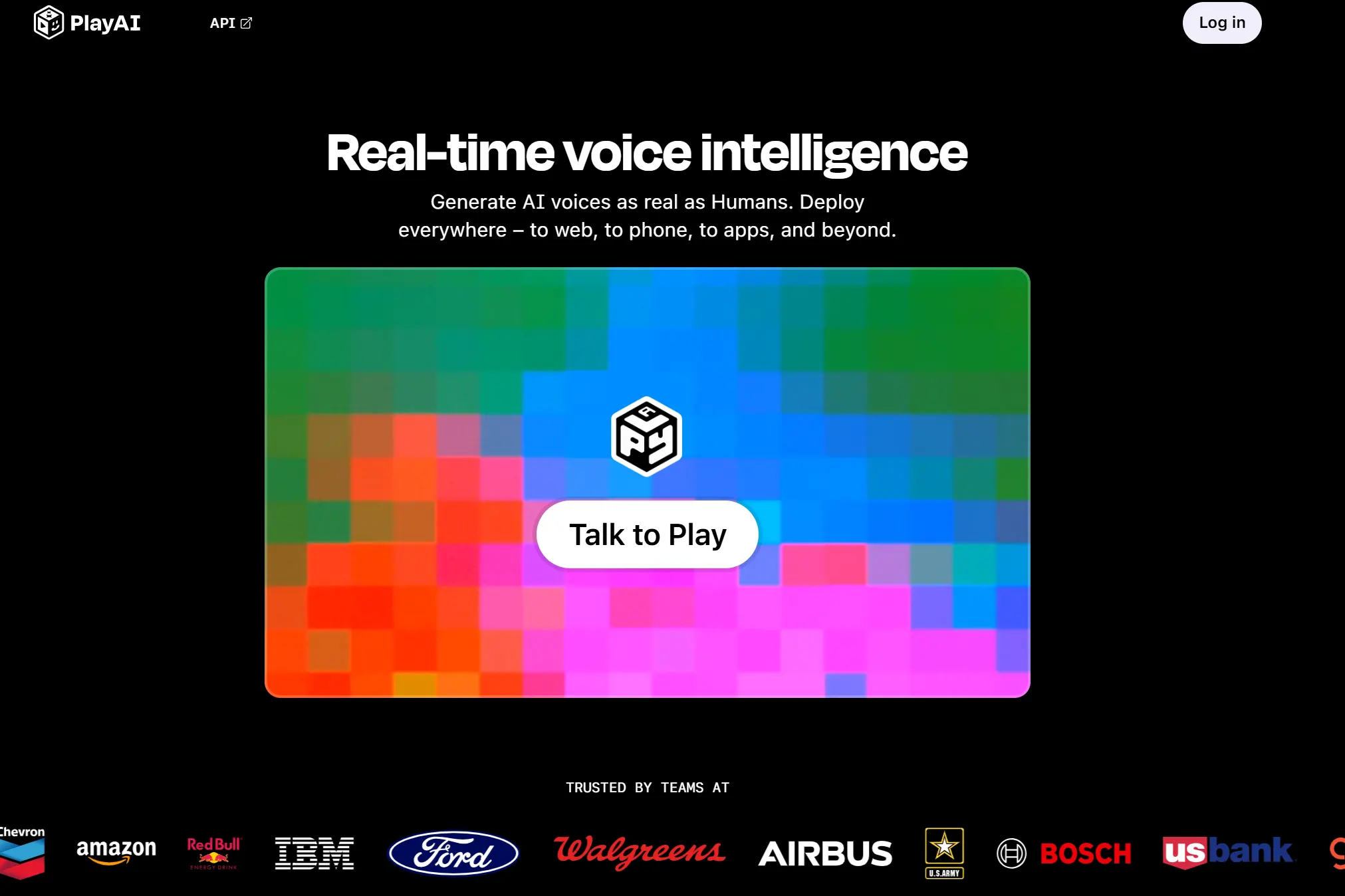
Play AI builds 24/7 voice agents for hospitality, healthcare, real estate, gaming, and restaurants. Its agents handle inquiries, scheduling, and transactions while supporting 30+ languages, local accents, and voice cloning.
Powered by real-time speech recognition and NLU, Play AI delivers human-like, low-latency interactions across phones, web, and apps.
It integrates via APIs, supports on-prem deployments, and connects with company data for personalized automation.
The platform offers analytics, scalability, security, and native integrations, enabling customized voice agents with multilingual capabilities for global business needs.
Pros
- Voice agents available 24/7 in over 30 languages
- Strong customization with company knowledge integration
- Support for on-prem deployments for data privacy
Cons
- Less focus on industry-specific compliance (e.g., no mention of HIPAA)
- Limited explicit support for vertical-specific workflows
- Requires manual training/customization for complex tasks
Who is it for?
Play AI is best for businesses seeking 24/7 voice agents in many languages. It suits industries like hospitality, gaming, real estate, and healthcare without strict compliance needs.
Ideal for companies wanting easy voice agent customization with company data. Less suited for highly regulated industries needing tailored compliance features.
Pricing Details
Play AI offers multiple plans:
- Free plan: 30 minutes speech, 1 voice clone, 1 private agent
- Starter: $9/month, 50 minutes speech, 10 voice clones, 1 agent with 3 concurrent conversations
- Creator: $49/month, 300 minutes, 50 voice clones, increased concurrency
- Pro: $99/month, 700 minutes, 100 voice clones, 3 professional clones
- Scale: $299/month, 2,500 minutes, 1,000 voice clones, 5 professional clones
- Business: $999/month, 11,000 minutes, 2,000 voice clones, 10 professional clones
- Enterprise: Custom pricing with volume discounts and SLA.
7. ElevenLabs
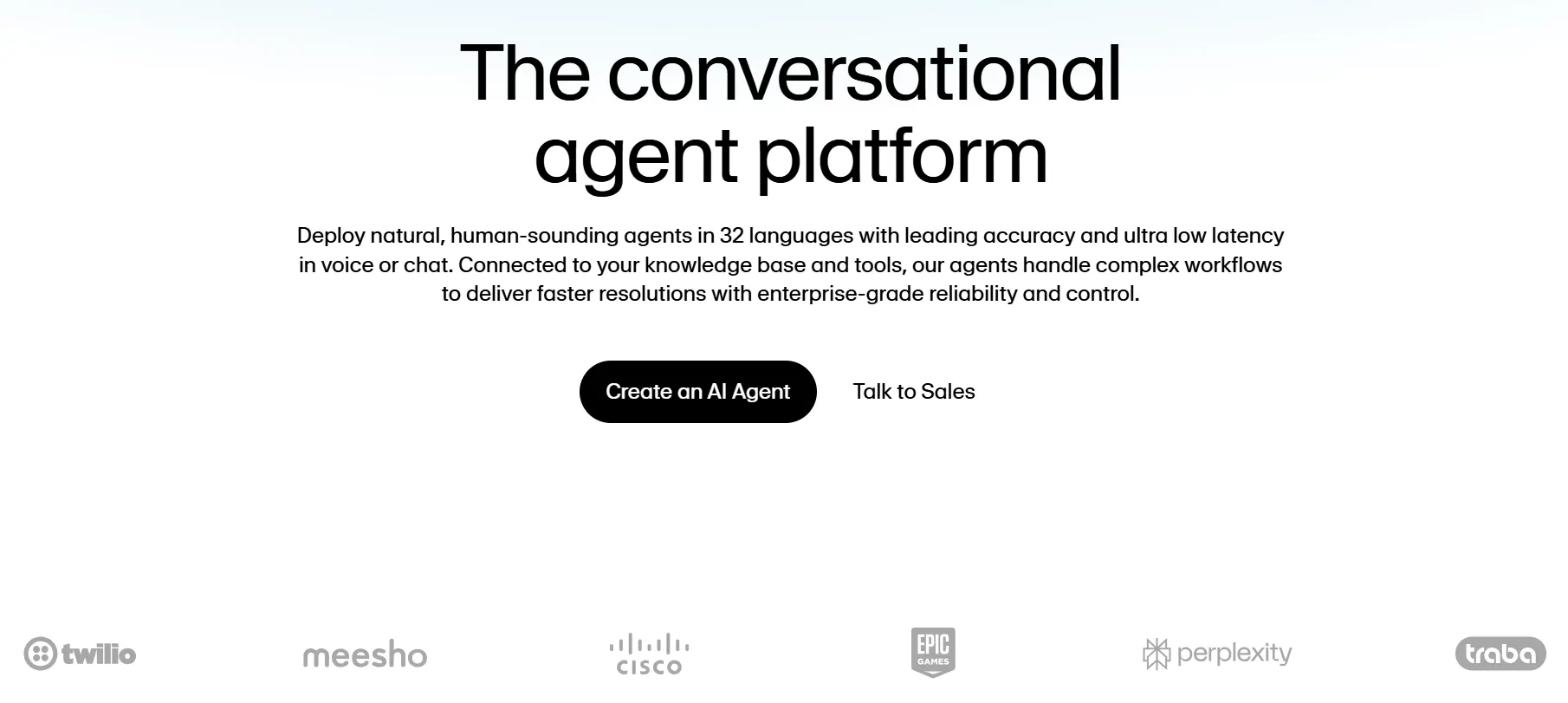
ElevenLabs delivers advanced AI audio solutions specializing in natural-sounding text-to-speech and voice cloning across 70+ languages.
It offers low-latency, expressive speech with emotion detection, real-time streaming, and advanced models like Flash v2.5 and Multilingual v2.
Users can design voices, clone from samples, or access voice libraries via APIs for apps, media, or enterprise deployments. Features include extensive customization, analytics, scalable usage, and enterprise security with SLAs.
ElevenLabs also powers conversational agents and AI music generation, serving creators, developers, and global businesses with professional-grade audio tools and continuous model improvements.
Pros
- Exceptional natural-sounding voices with emotion and context
- Extensive voice cloning and voice design features
- High scalability and robust API ecosystem
Cons
- Pricing can be complex due to tiered usage and model options
- Some advanced features gated behind higher plans
- Primarily focused on audio, not full conversational AI stack
Who is it for?
ElevenLabs is ideal for creators, media producers, and businesses needing lifelike speech synthesis. It's great for audiobook production, voiceovers, gaming, and interactive voice applications.
Enterprises requiring scalable, expressive TTS with voice cloning will benefit. Less suited for those seeking turnkey conversational AI solutions.
Pricing Details
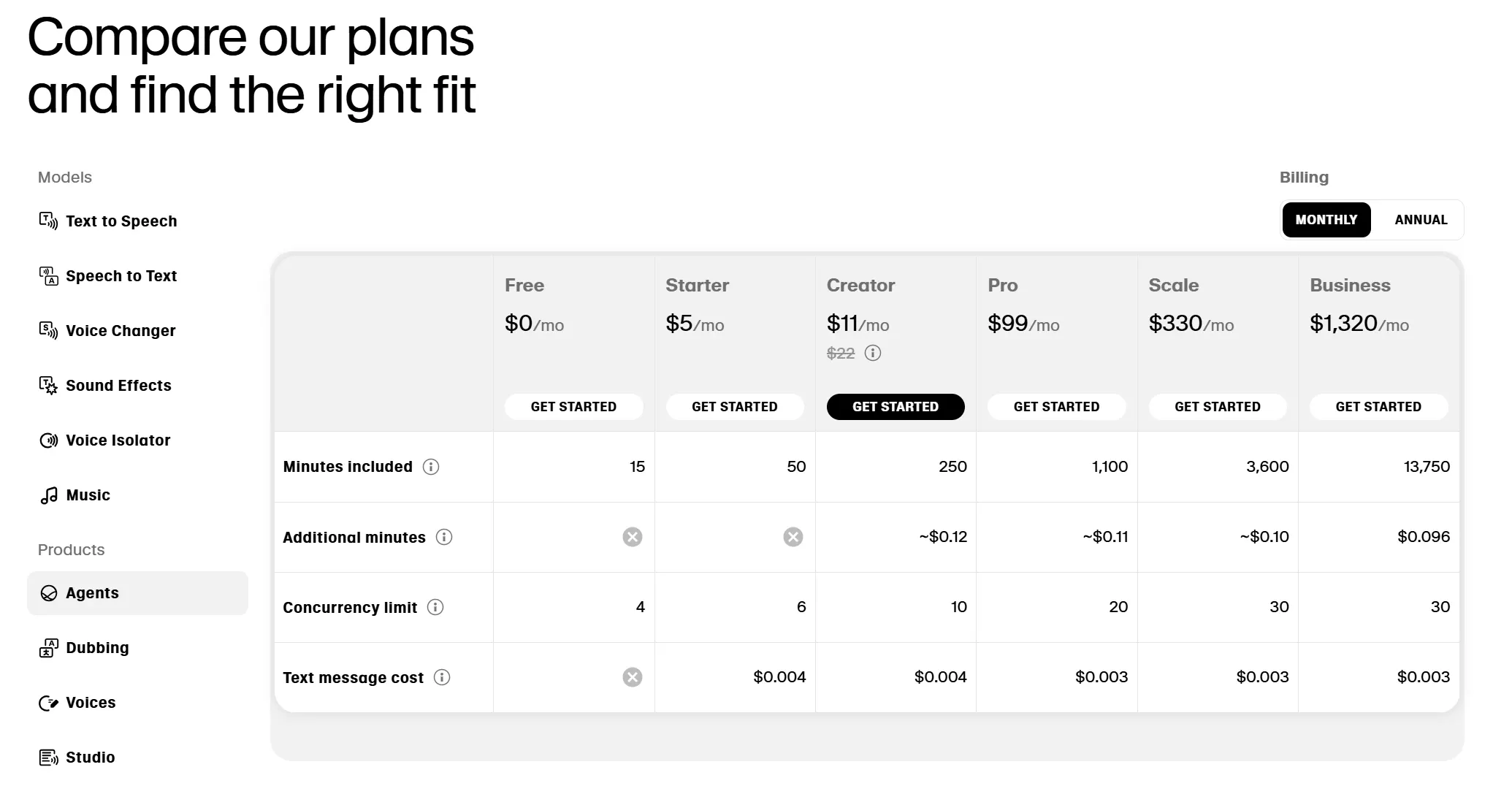
ElevenLabs offers these main pricing tiers:
- Free: Limited characters and voices, no commercial use
- Starter: $5/month with 30k-60k characters, instant voice cloning
- Creator: $11/month, 100k-200k characters, 1 pro clone, pay-as-you-go overages
- Pro: $99/month, 500k-1M characters, 1 pro clone, higher concurrency
- Scale: $330/month, 2M-4M characters, scalable concurrency
- Business: $1,320/month, 11M-22M characters, multiple clones, SLAs
- Enterprise: Custom pricing with dedicated support and features.
8. SoundHound AI

SoundHound AI delivers advanced voice AI solutions for automotive, retail, finance, healthcare, and customer service.
Its products, Smart Answering, Smart Ordering, Dynamic Drive-Thru, and Chat AI, offer natural, low-latency conversational experiences in 25+ languages.
Powered by proprietary NLU, real-time speech recognition, and generative AI, SoundHound enables custom voice commands, domain-specific knowledge, and multi-modal interfaces.
APIs, SDKs, and analytics support integration, diagnostics, and optimization. Scalable to billions of interactions, the platform ensures enterprise security, SLA-backed reliability, and continuous innovation through R&D and industry partnerships.
Pros
- Robust conversational AI with generative capabilities
- Extensive multi-language support and custom commands
- Scalable platform powering billions of interactions yearly
Cons
- Complexity may require technical expertise for best use
- Pricing and licensing details are not publicly transparent
- Heavy focus on enterprise may limit small business offerings
Who is it for?
SoundHound is ideal for enterprises in automotive, retail, finance, and customer service. It suits businesses needing custom voice AI integrated across devices and channels.
Best for organizations with technical teams to manage integrations. Less suited for small, simple voice AI projects or startups.
Pricing Details
SoundHound does not publicly list detailed pricing. Pricing is typically custom based on usage, deployment, and service level. Enterprise customers receive tailored quotes with volume discounts and SLA support.
9. Cognigy.AI
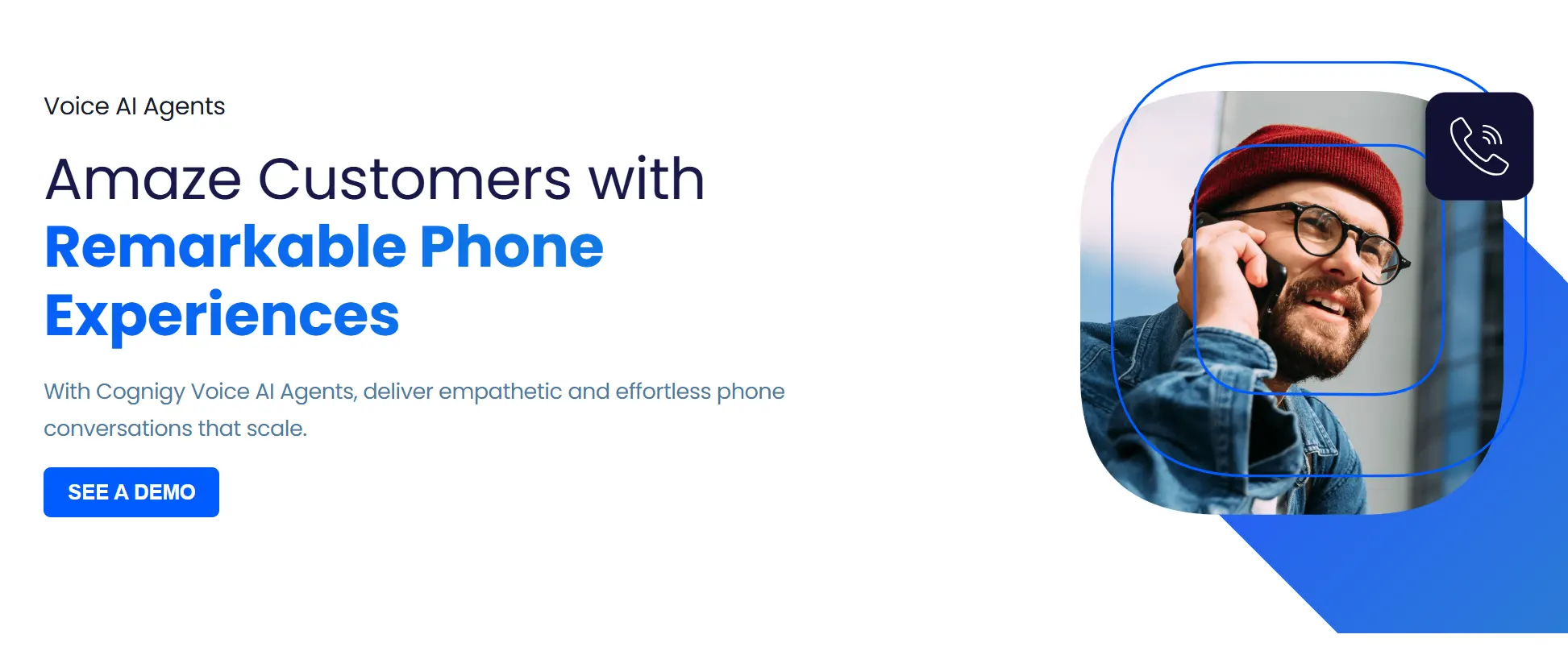
Cognigy.AI powers AI-driven voice and chat agents for enterprises, supporting 100+ languages across webchat, WhatsApp, contact centers, and more.
Combining advanced NLU, LLMs, and generative AI, it enables dynamic, low-latency conversations with real-time translation, knowledge base integration, and visual no-code flow builders.
APIs, native connectors, and multi-channel deployment integrate with CRMs, help desks, and contact centers.
Features include live agent handoff, agent copilots, workflow automation, analytics, and enterprise-grade scalability. Cognigy.AI ensures security, compliance, and global operational reliability for high-volume, personalized customer interactions.
Pros
- Highly scalable with enterprise-grade features
- Flexible, low-code and developer-friendly platform
- Supports 100+ languages and multi-channel engagement
Cons
- Pricing is high and not publicly transparent
- Steeper learning curve requiring expertise
- Separate charges for voice, chat, and add-ons complicate budgeting
Who is it for?
Cognigy AI suits large enterprises with complex customer engagement needs. Best for companies needing multi-channel, multi-language AI agents integrated with contact centers. Ideal for teams with technical skill to customize and scale AI workflows. Less suitable for SMBs or startups with limited budgets.
Pricing Details
Cognigy does not publish standard pricing. Enterprise contracts often start above $300,000 annually. Pricing is modular, with separate fees for voice, chat, LLM usage, and add-ons like Agent Copilot.
10. Ada
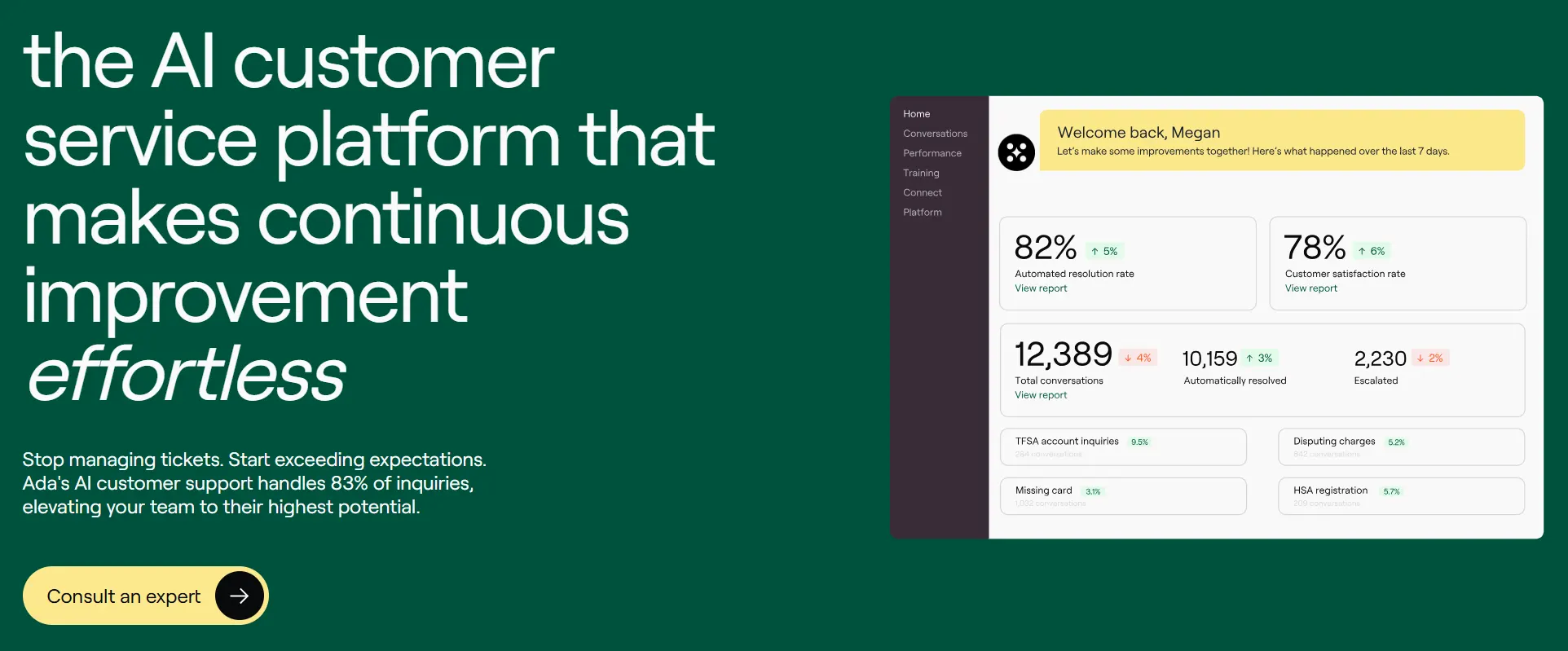
Ada.cx is an AI-first customer service platform automating chat, voice, and email interactions for mid-to-large enterprises in ecommerce, SaaS, and finance.
Founded in 2016, it uses its proprietary Reasoning Engine™ with NLP, LLMs (OpenAI, Gemini), and AI coaching tools to handle repetitive inquiries across web, SMS, social, and voice channels.
Ada integrates with Salesforce, Zendesk, and Shopify for workflows, analytics, and personalization but relies on its own ecosystem for automation logic.
It scales for high volumes, offers enterprise-grade security, and reduces agent workloads while enabling real-time, multi-channel customer engagement.
Pros
- Omnichannel AI support across chat, voice, and email
- Strong NLP with action-oriented AI responses
- Extensive integrations with major SaaS and ecommerce platforms
Cons
- Vendor lock-in due to closed ecosystem
- Complex AI coaching system requiring training
- Less flexibility outside Ada’s platform for automation rules
Who is it for?
Ada fits mid-to-large businesses needing unified multi-channel automation. Best for companies wanting deep AI automation across support channels.
Ideal for teams prepared to invest time in Ada’s AI coaching. Less suited for those seeking flexible integration with existing helpdesk tools.
Pricing Details
Ada offers usage-based pricing with plans tailored to business needs. Pricing includes core AI, automation, and multi-channel support features. Additional costs apply for advanced automation and priority support. Ada does not publicly disclose standard prices; interested customers must request tailored quotes.
To Sum It Up
Selecting the right AI voice agent begins with a clear view of your goals. Small businesses will benefit from no-code platforms like Synthflow, Ringg, or Ada.cx. These tools are designed for quick deployment and straightforward automation.
Enterprises, on the other hand, should prioritize compliance, security, and advanced analytics, where PolyAI, Retell, Cognigy, and ConnexCS excel.
For brands seeking lifelike, customizable voices, PlayAI and ElevenLabs offer unmatched expressiveness.
Developer-focused teams demanding deep integration and workflow control will find Vapi and SoundHound ideal.
Assess scalability, compatibility, and support carefully. Aligning the right platform with your objectives is the surest path to AI voice success in 2025.






